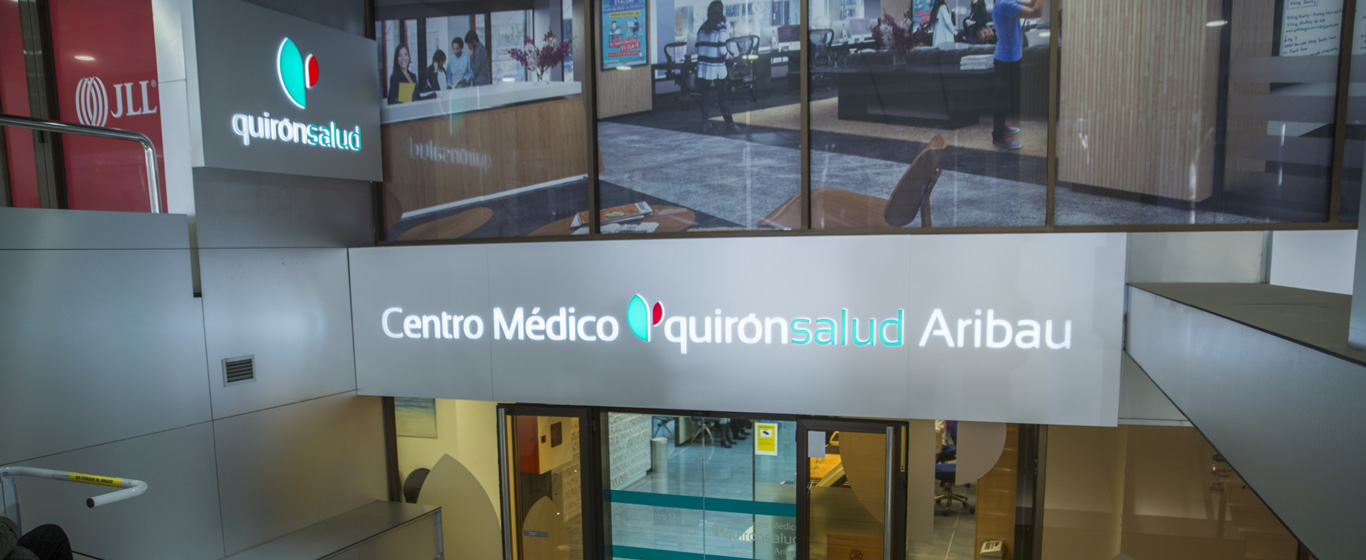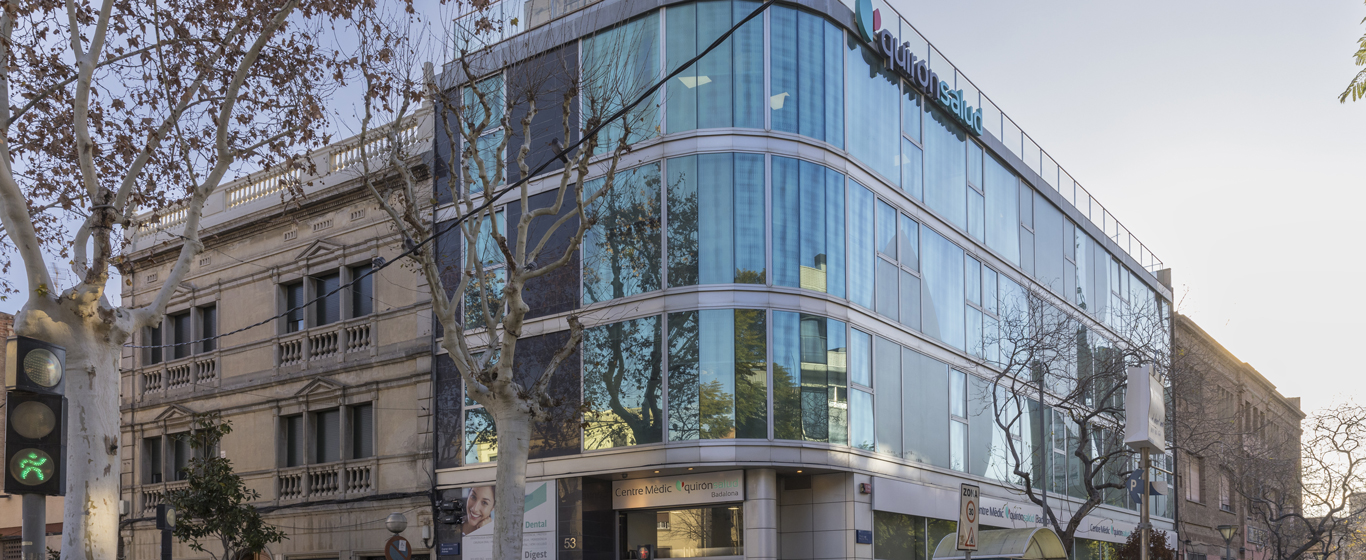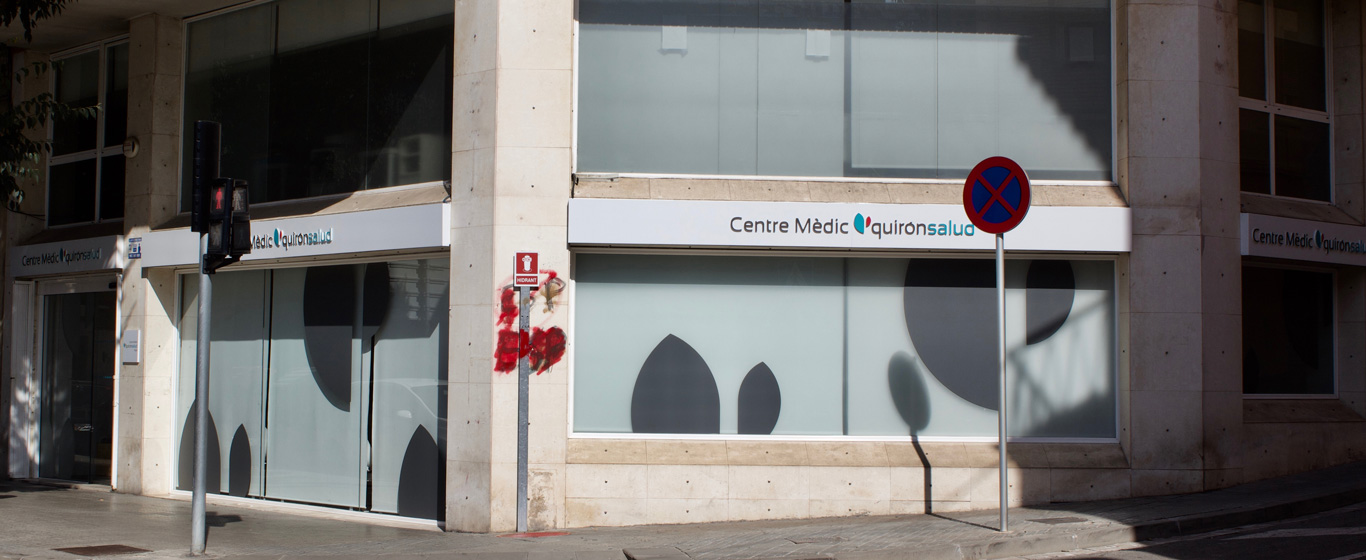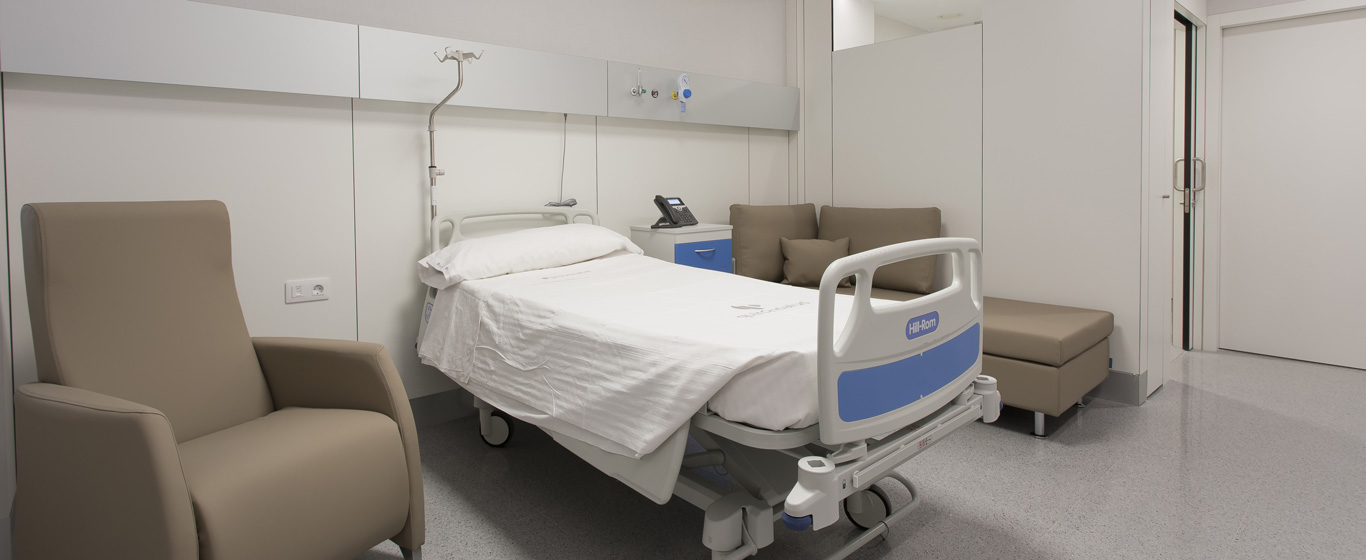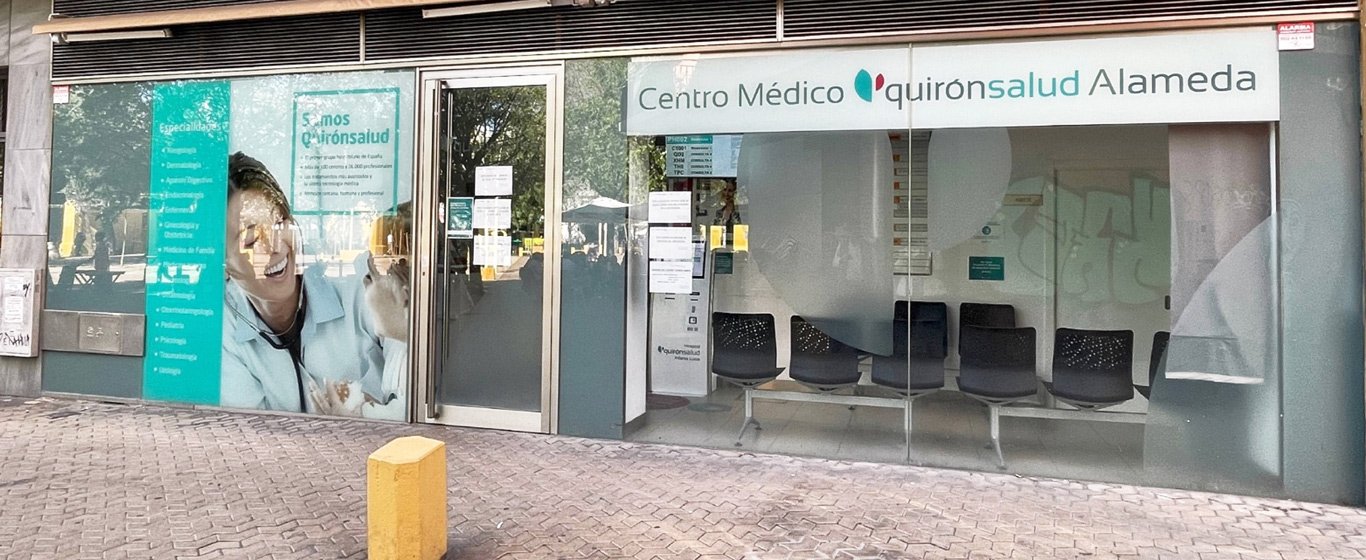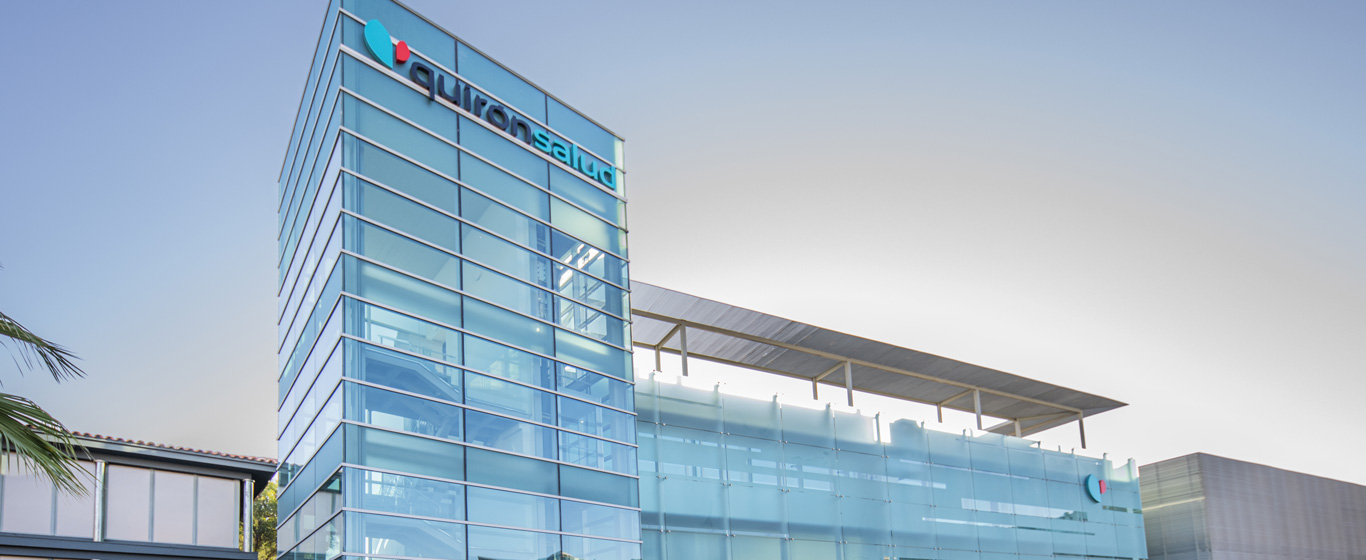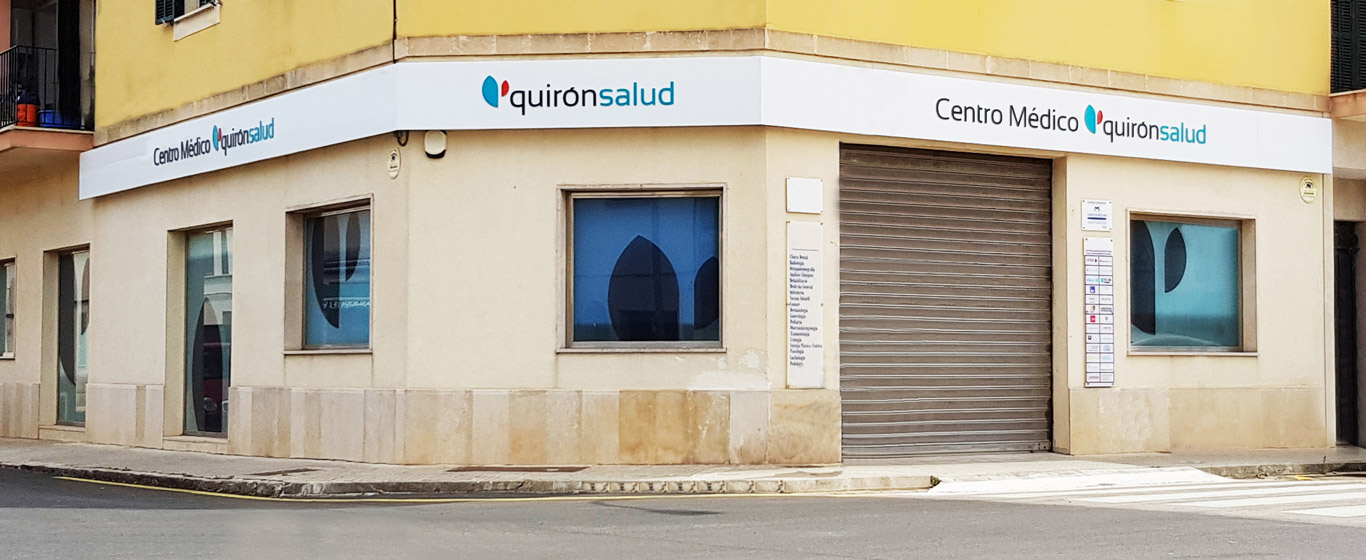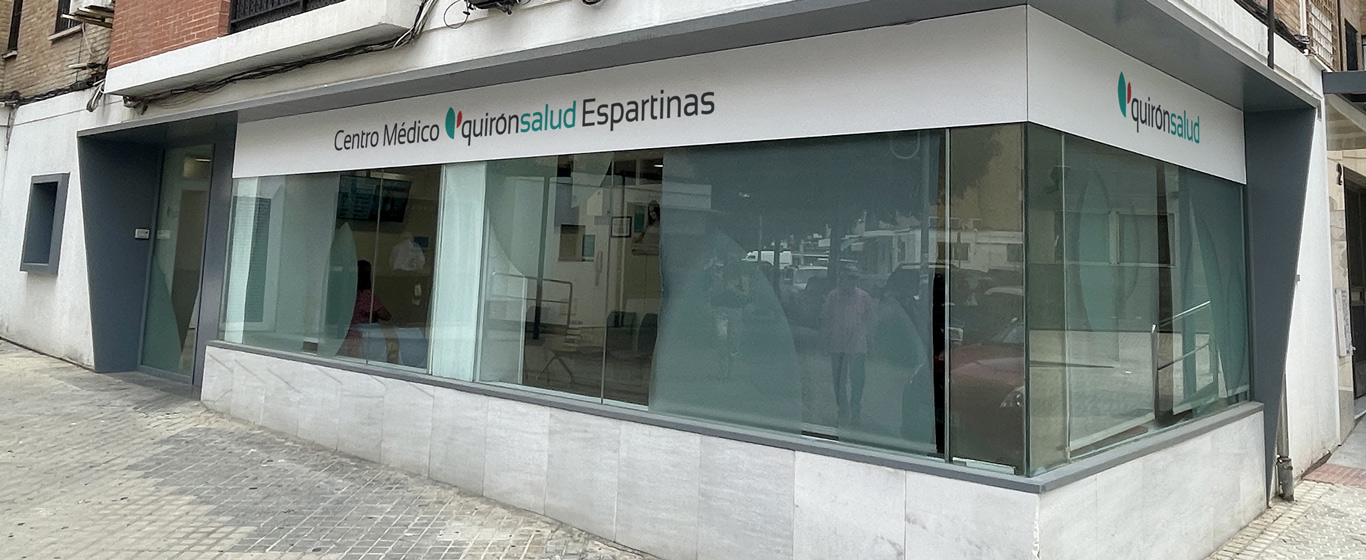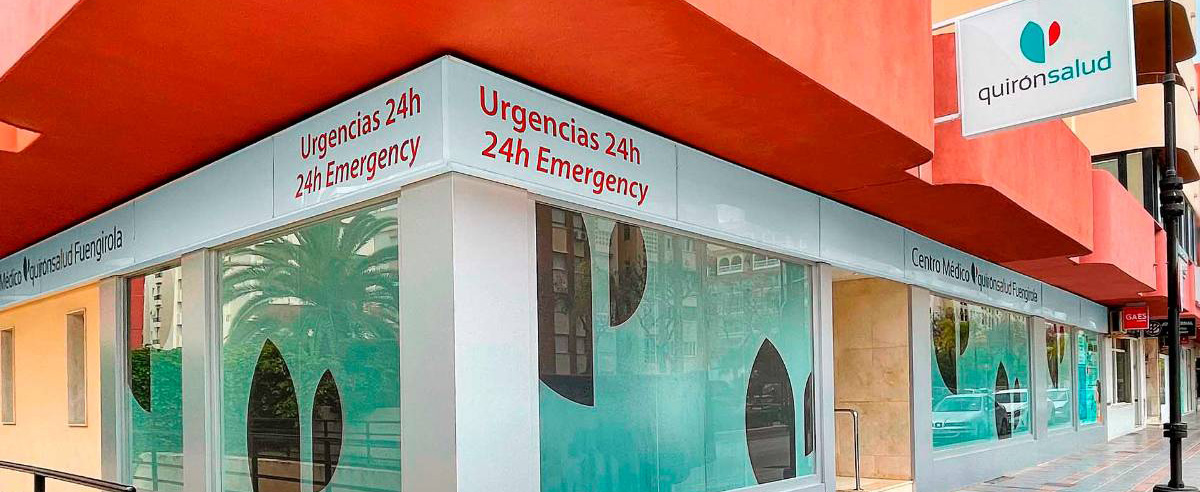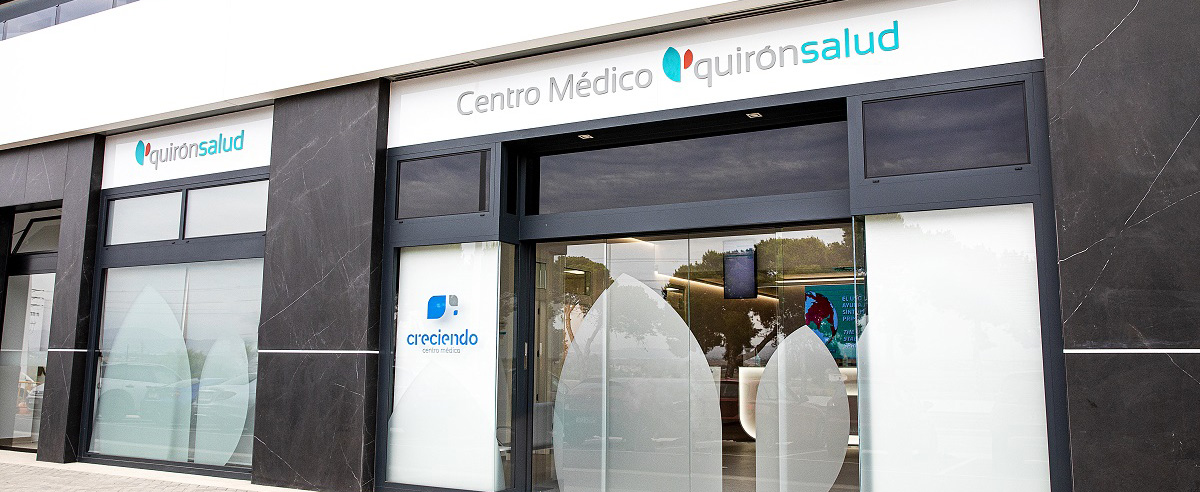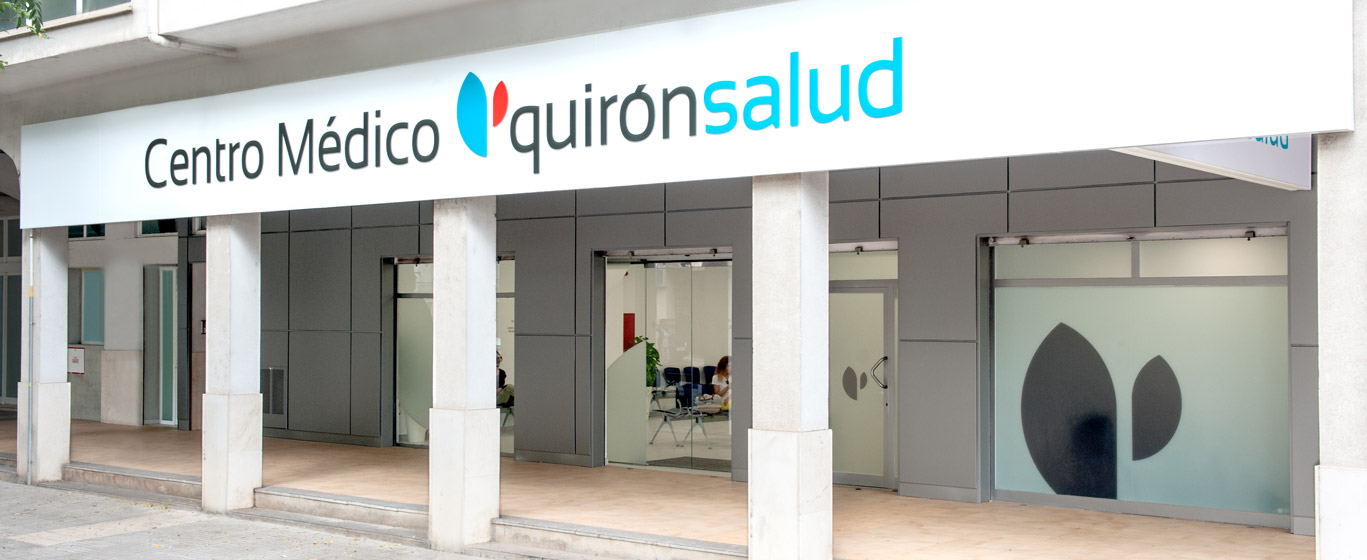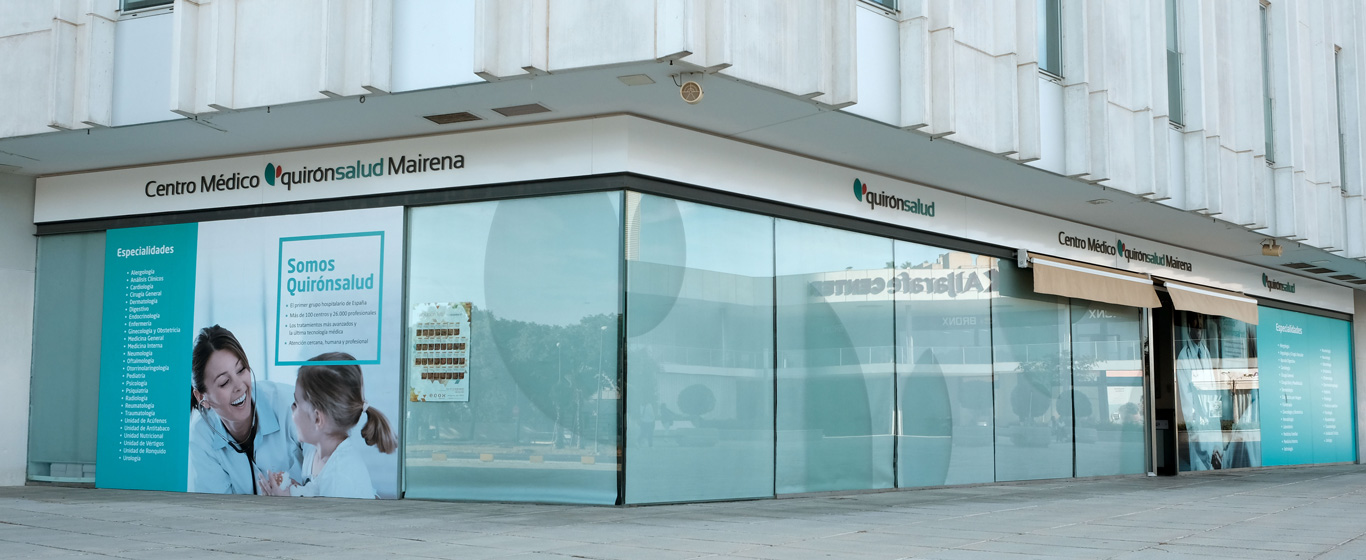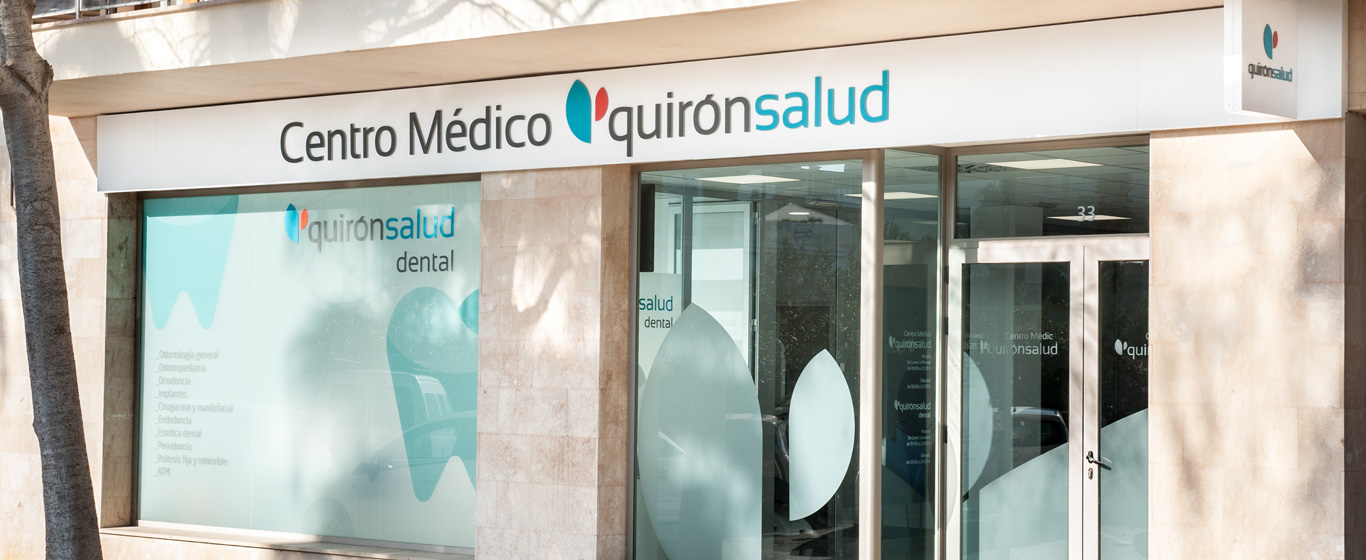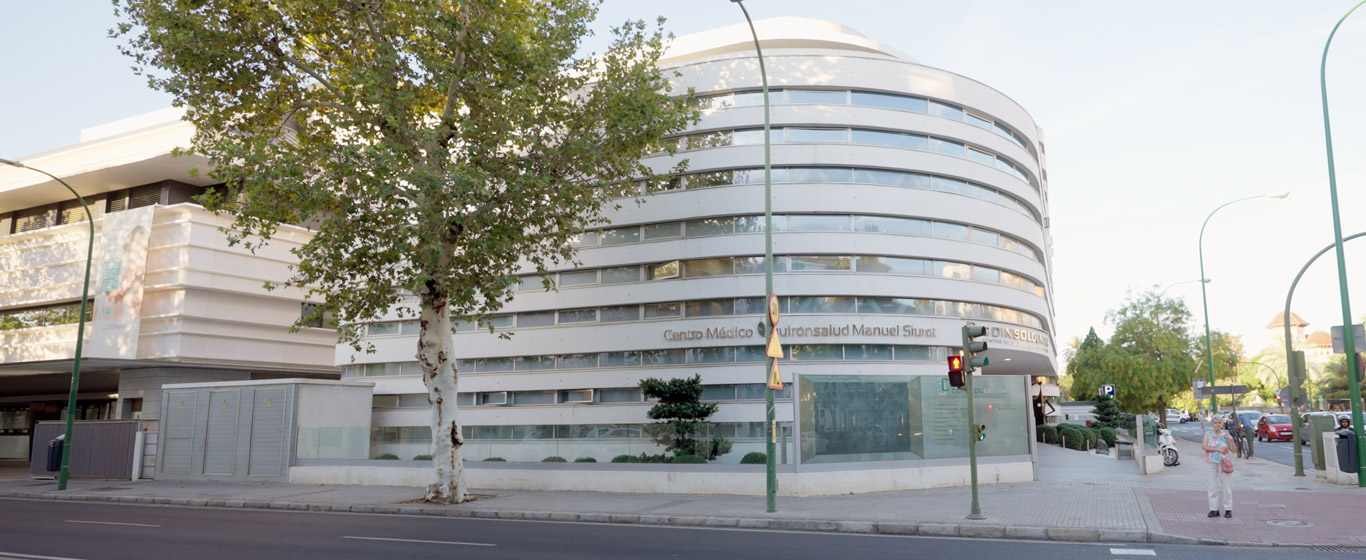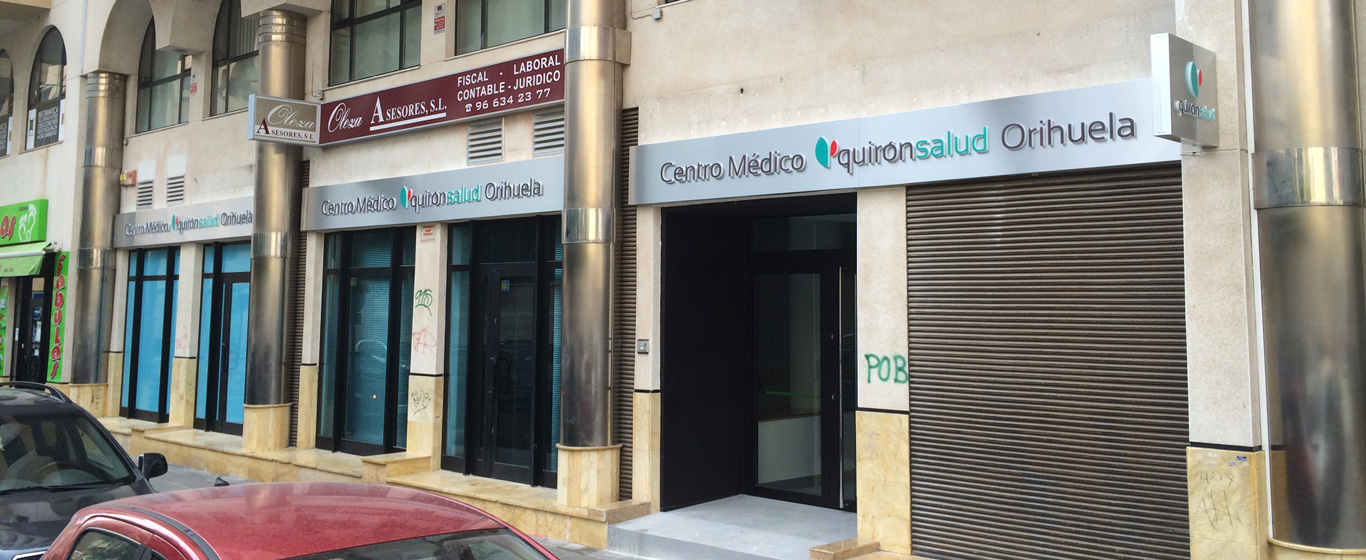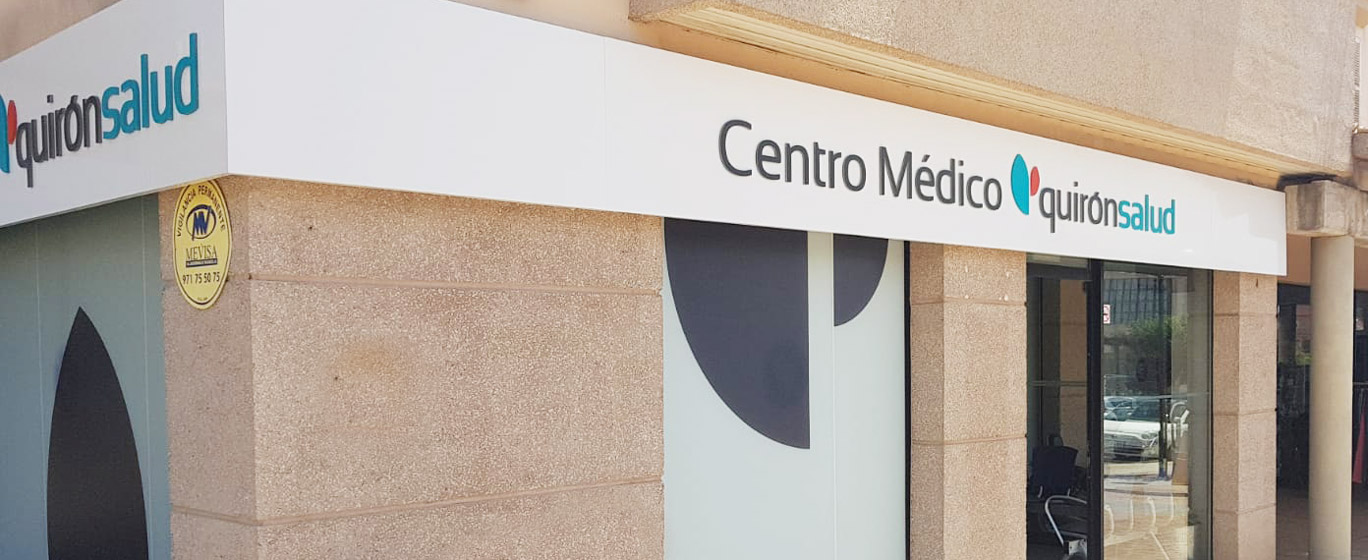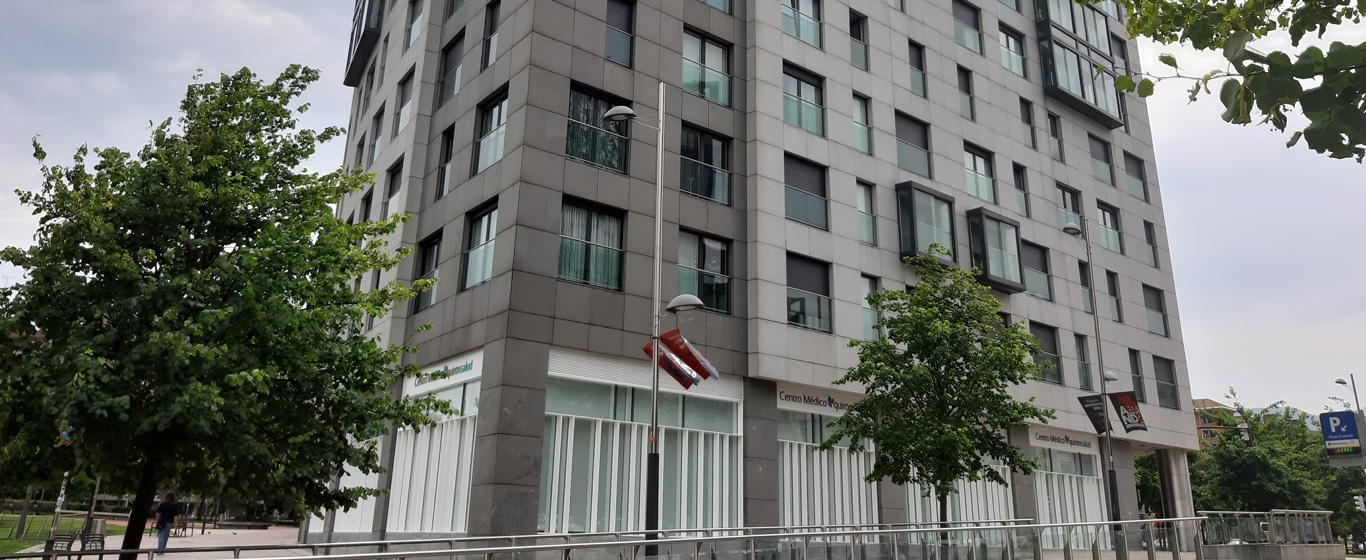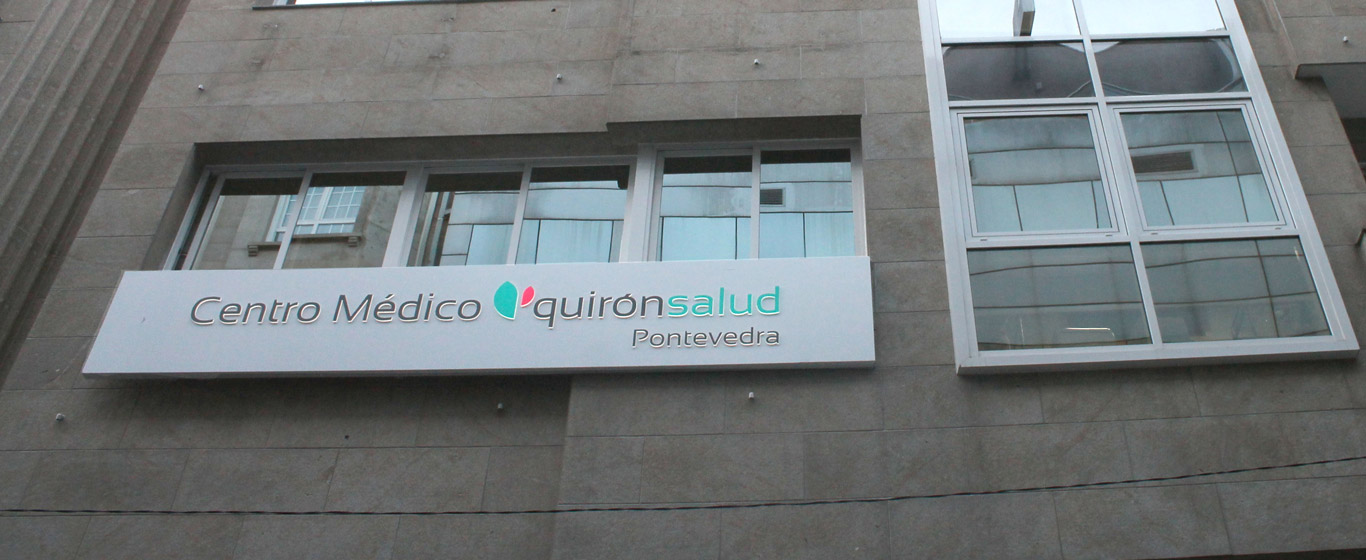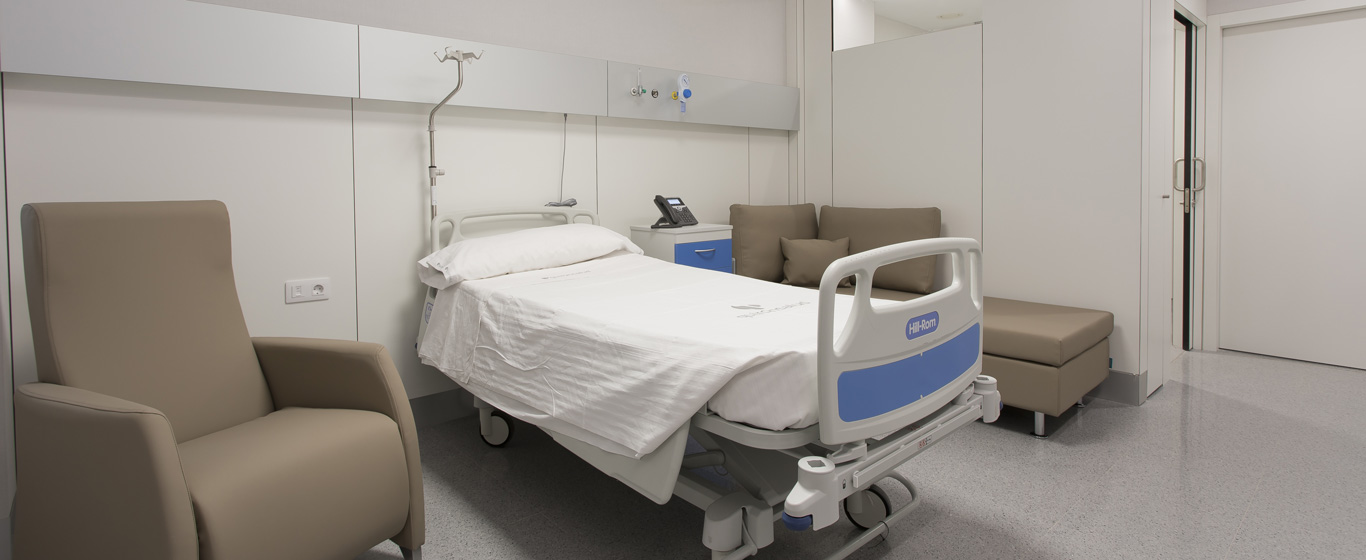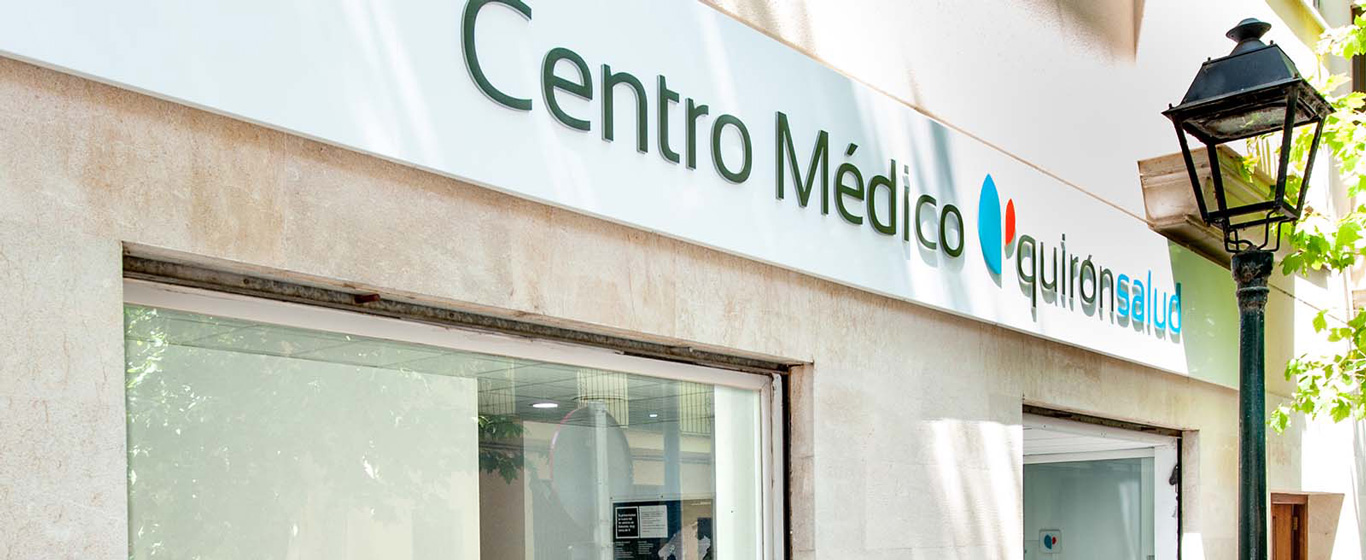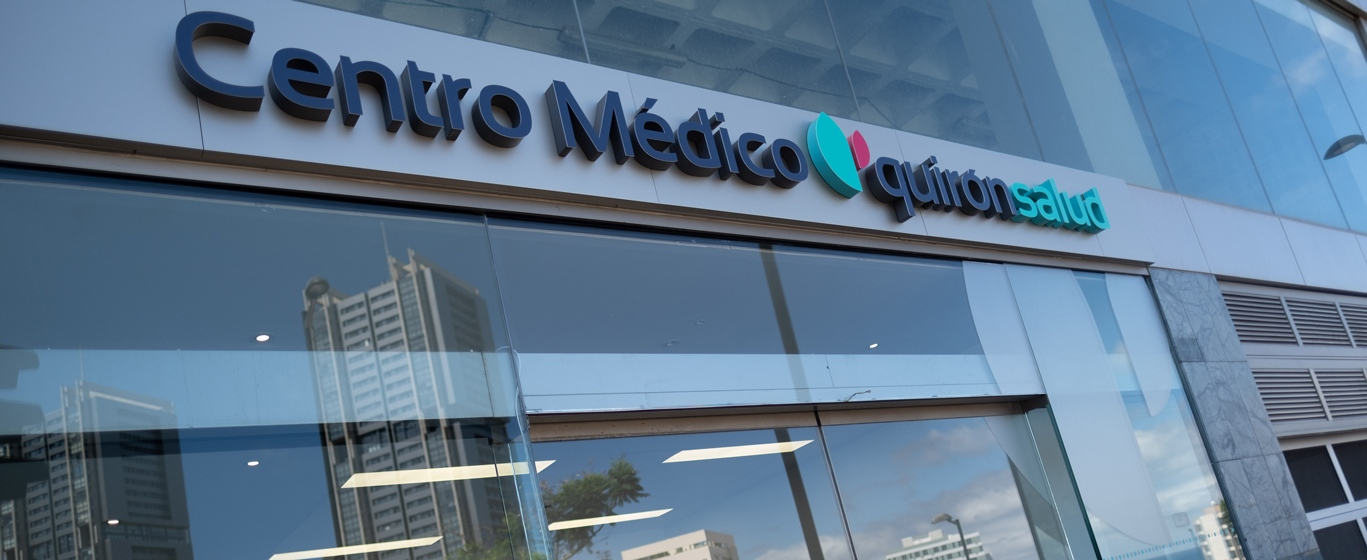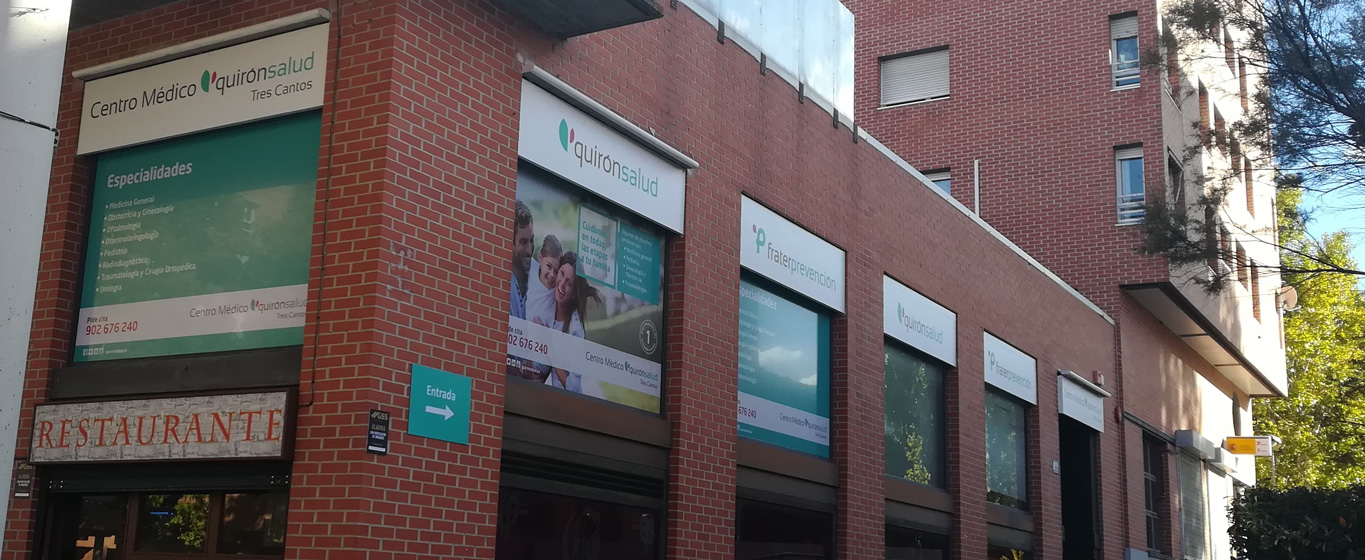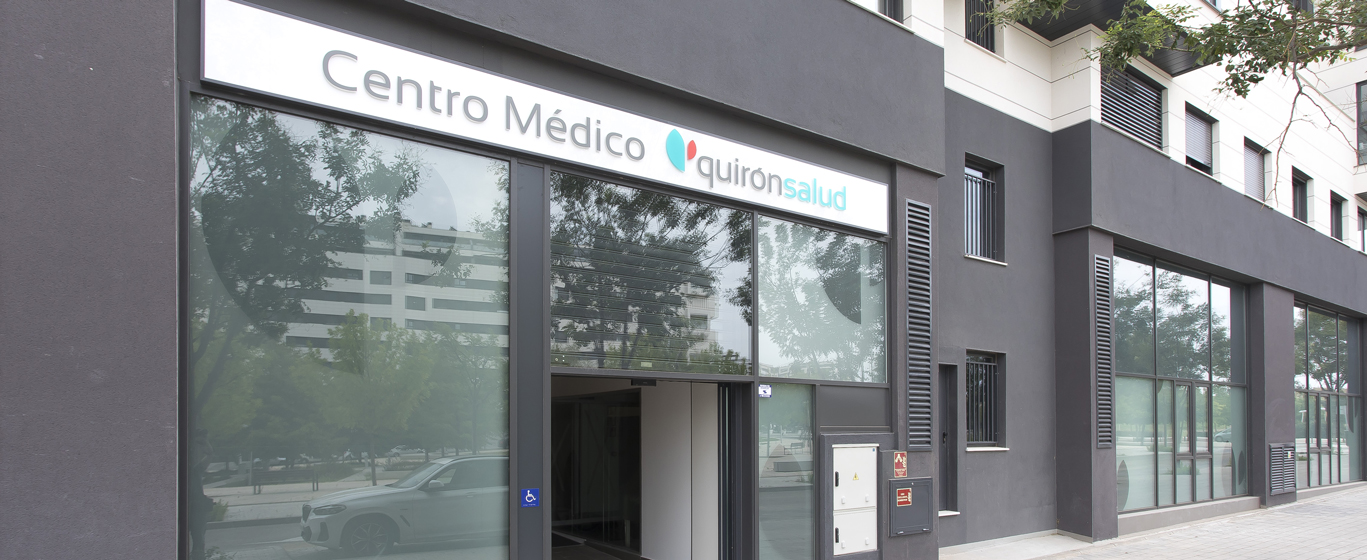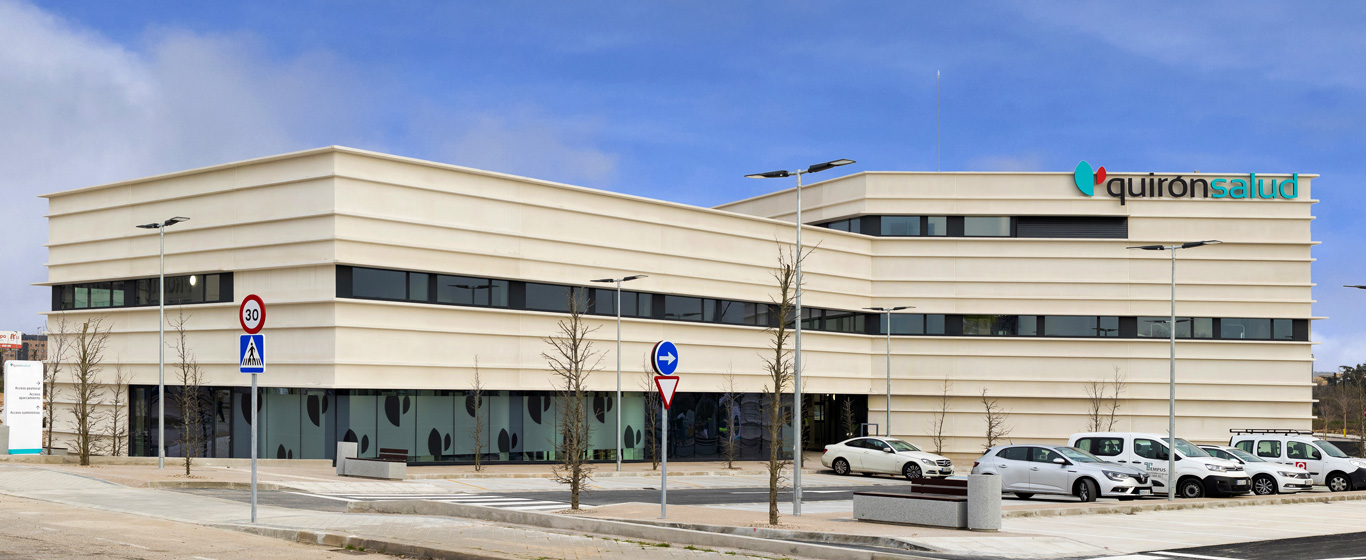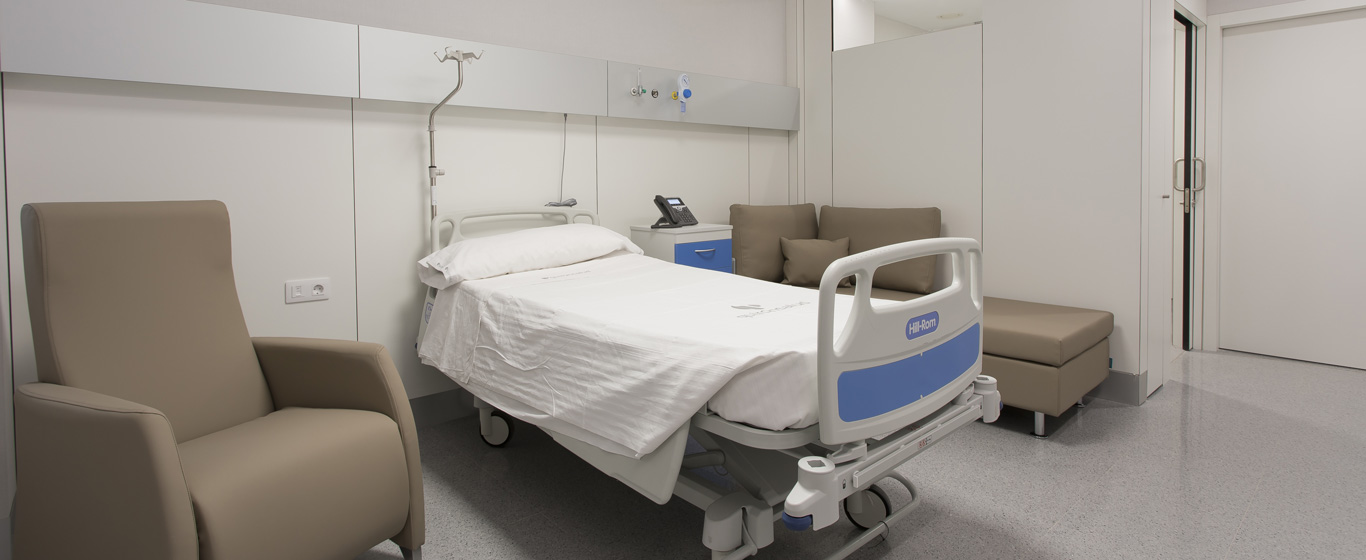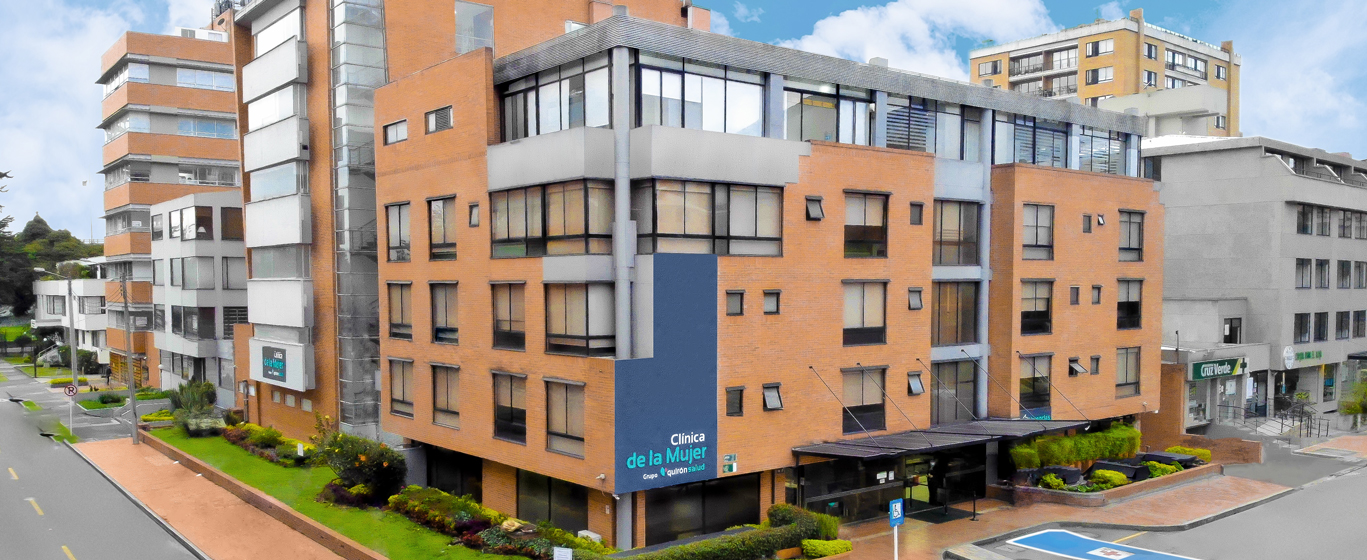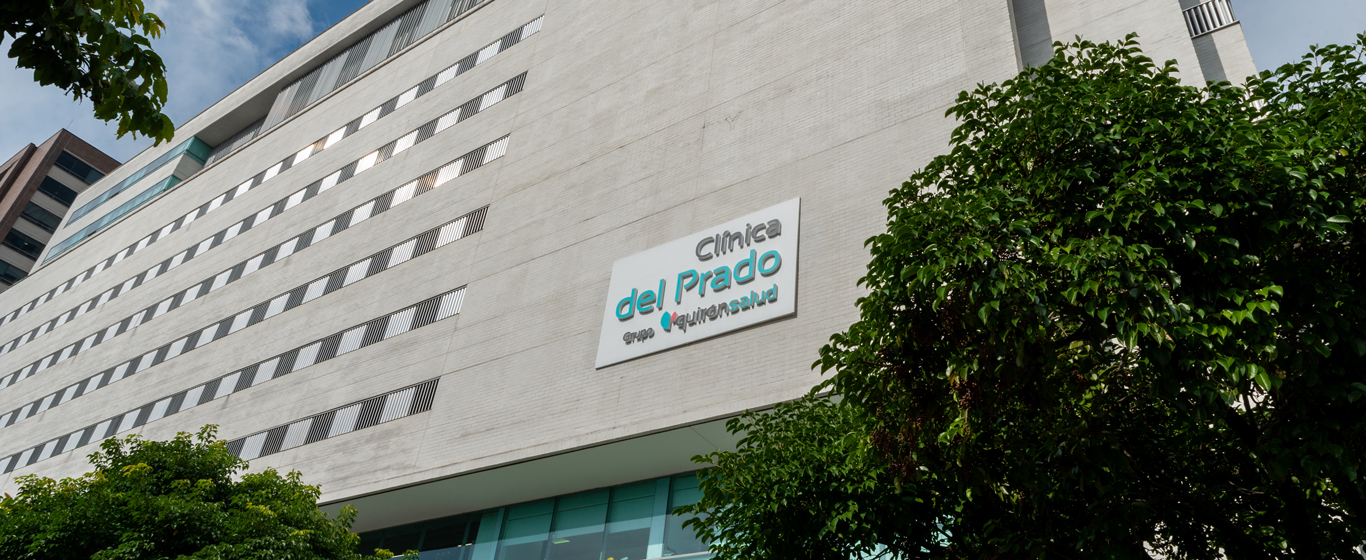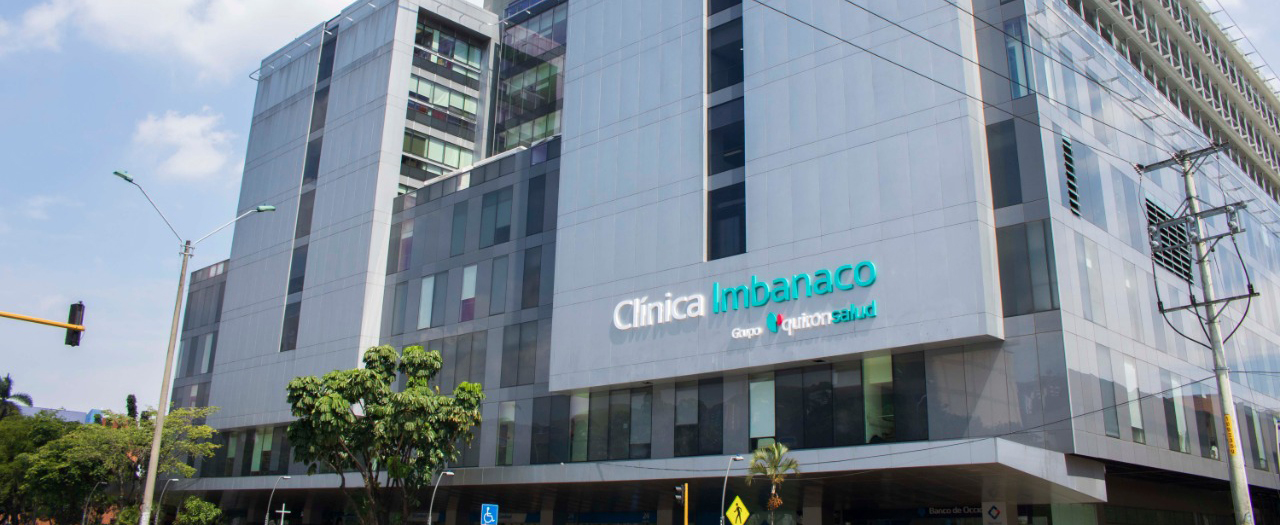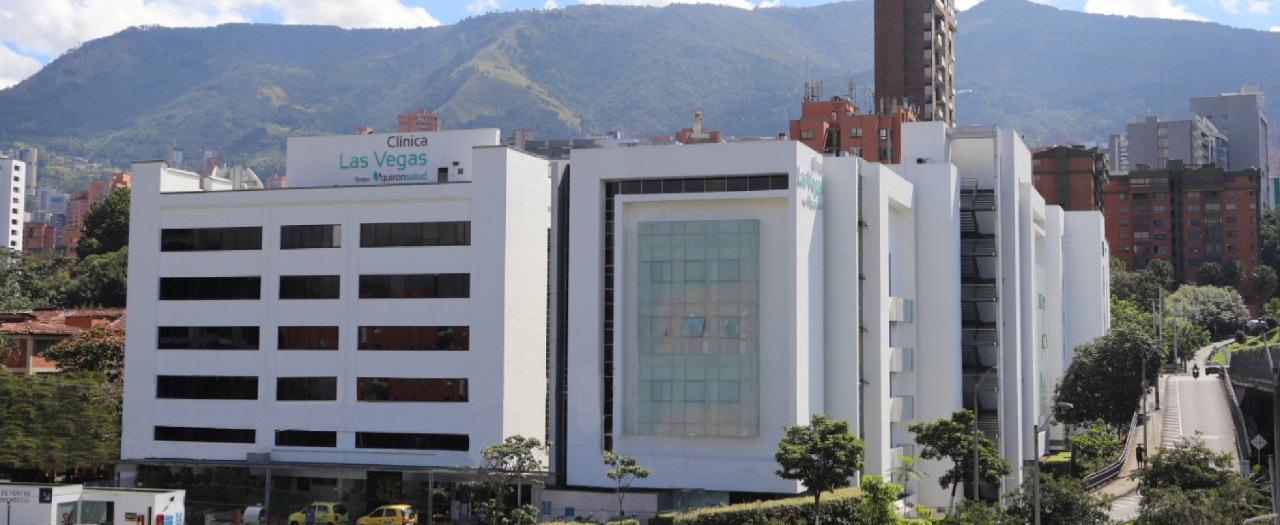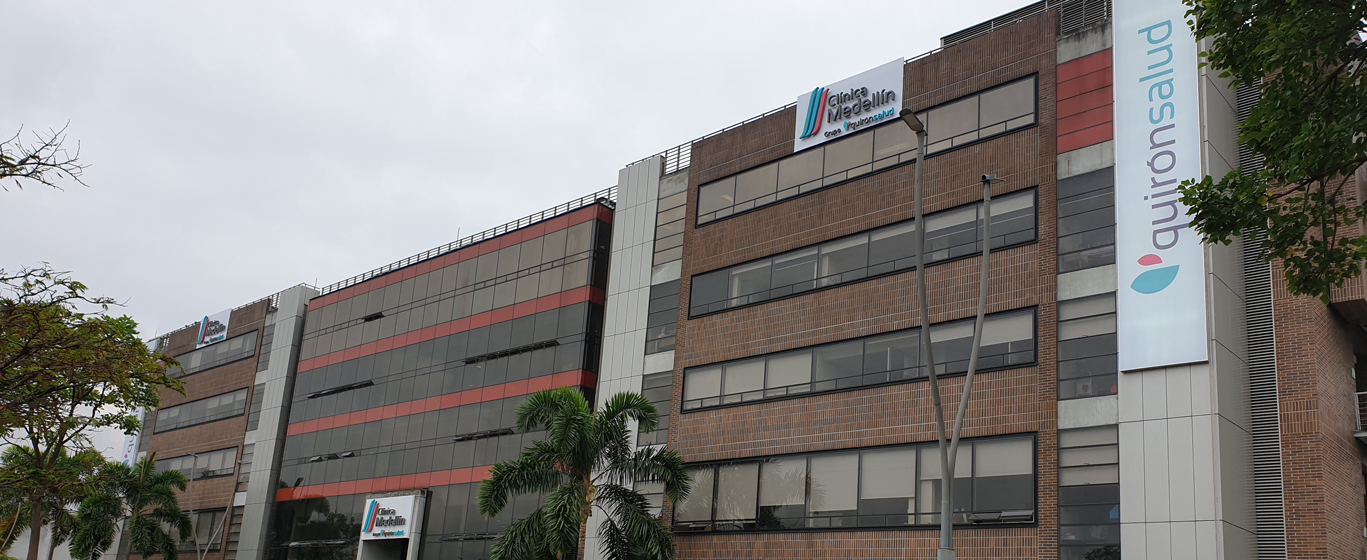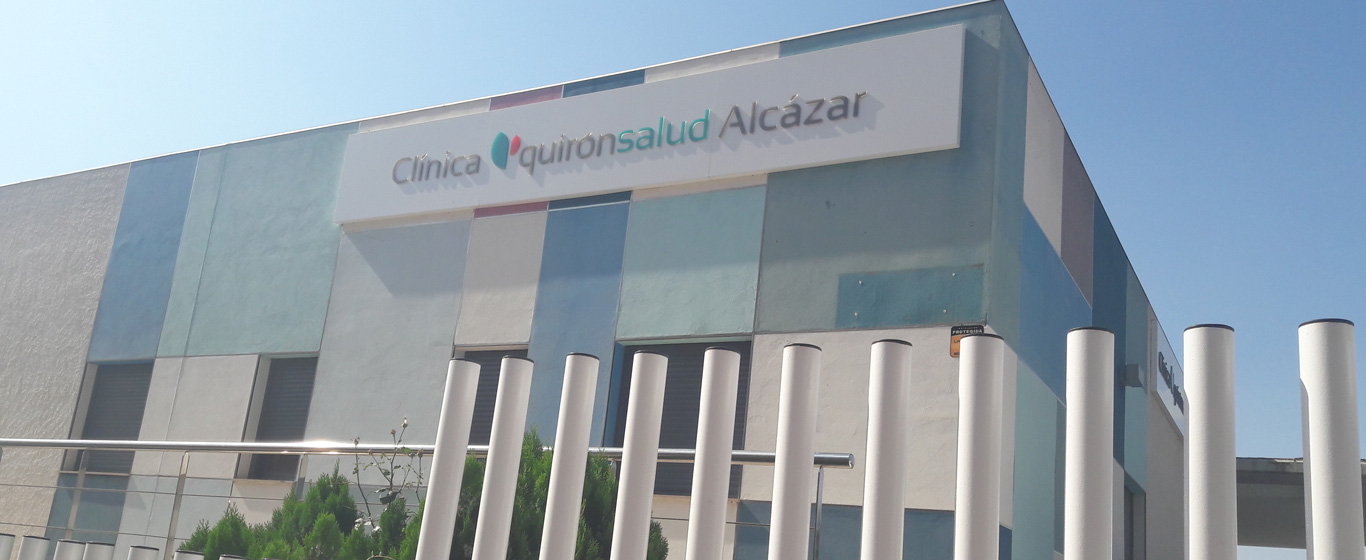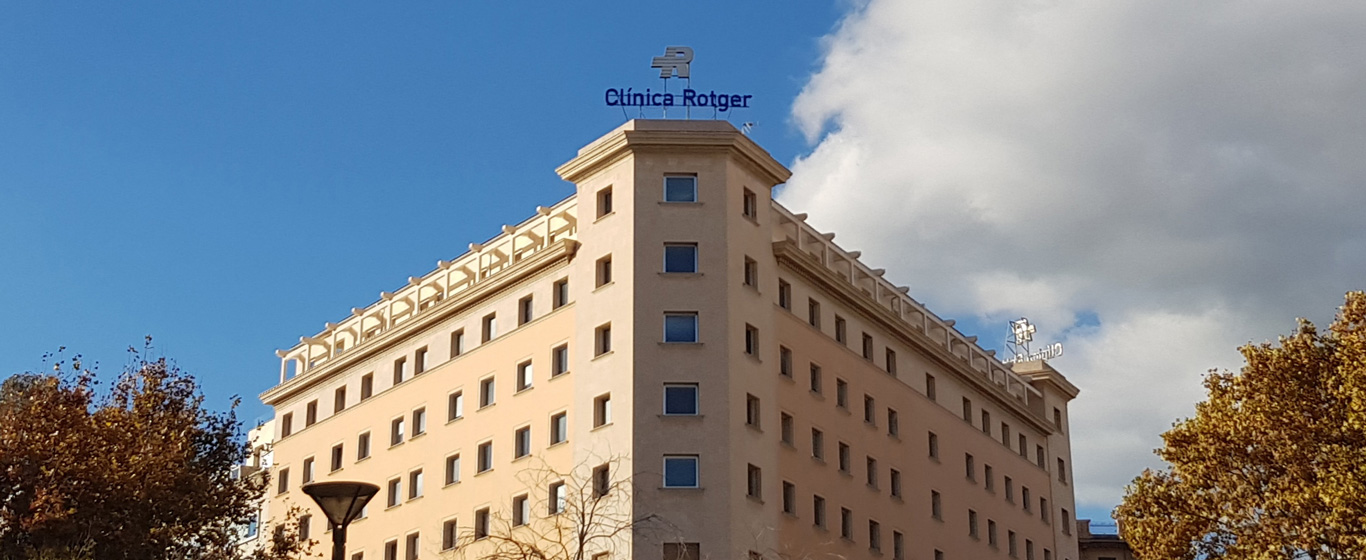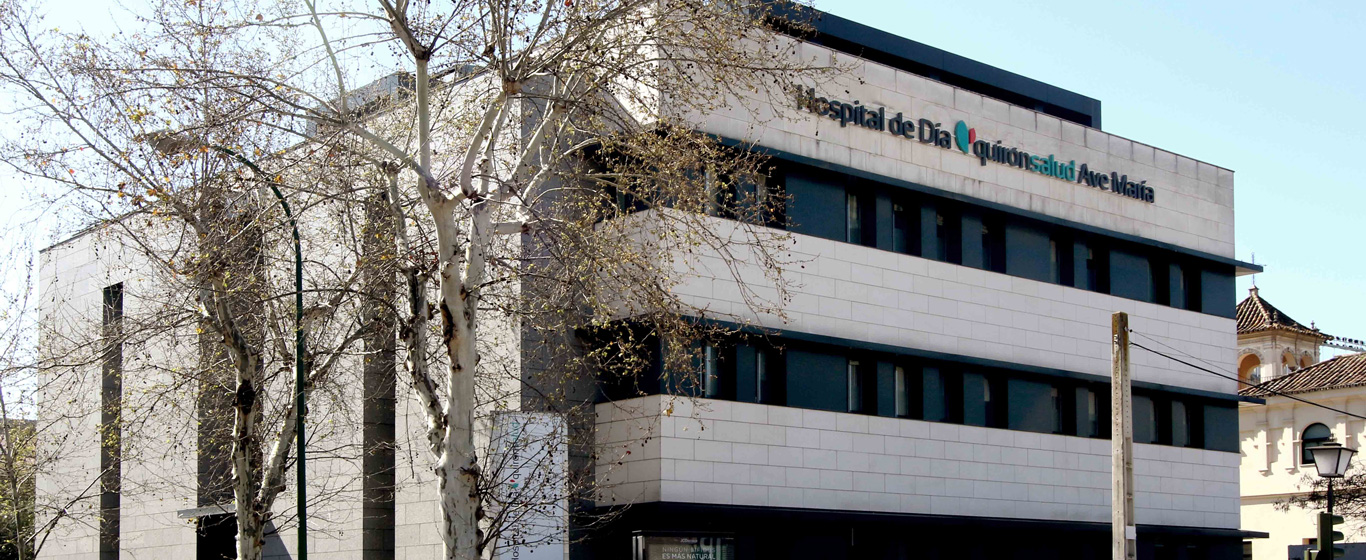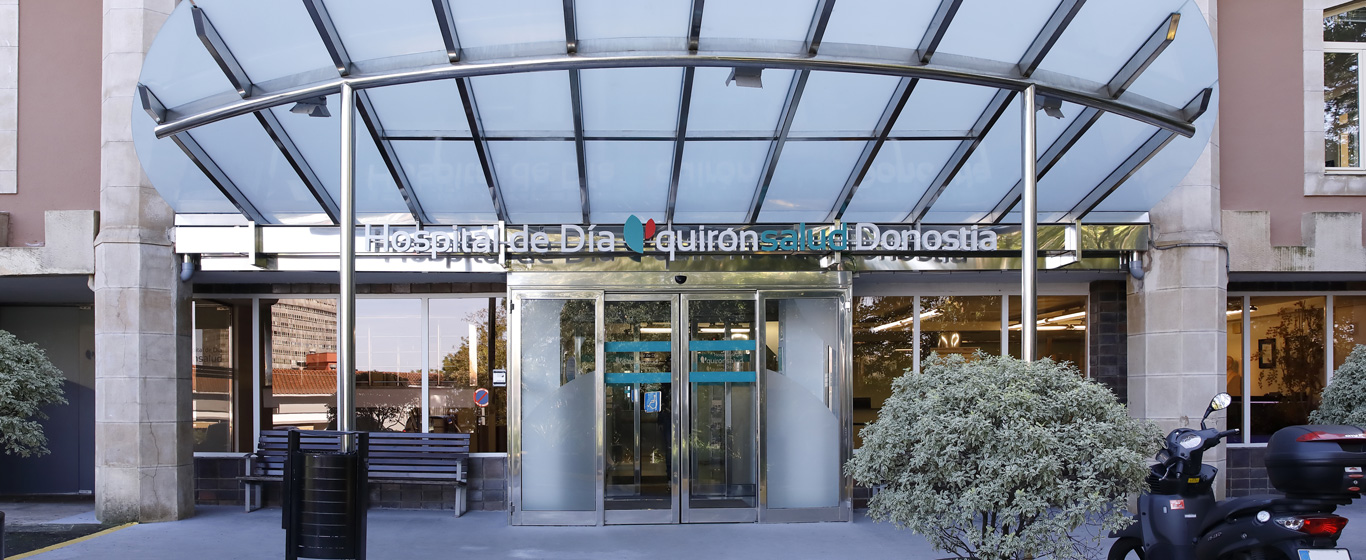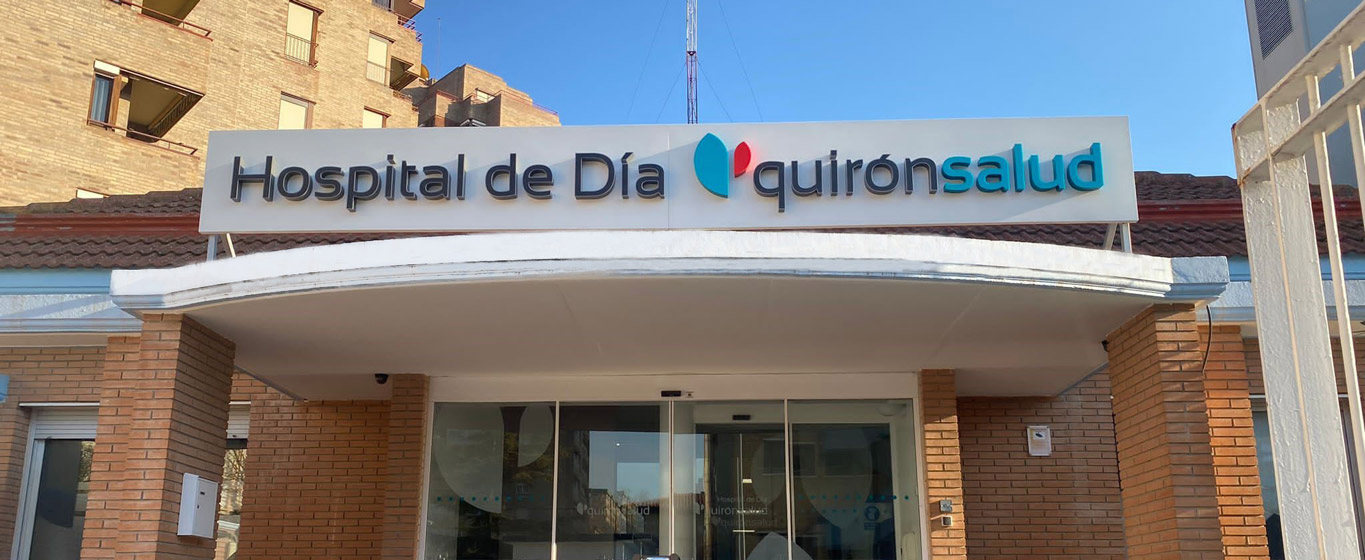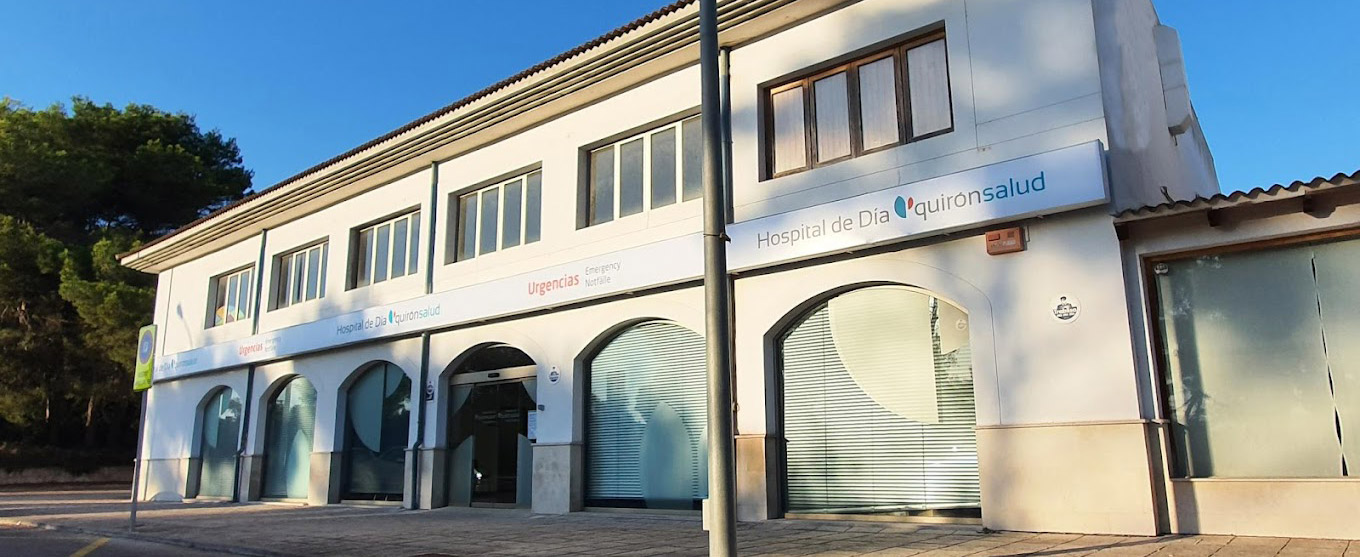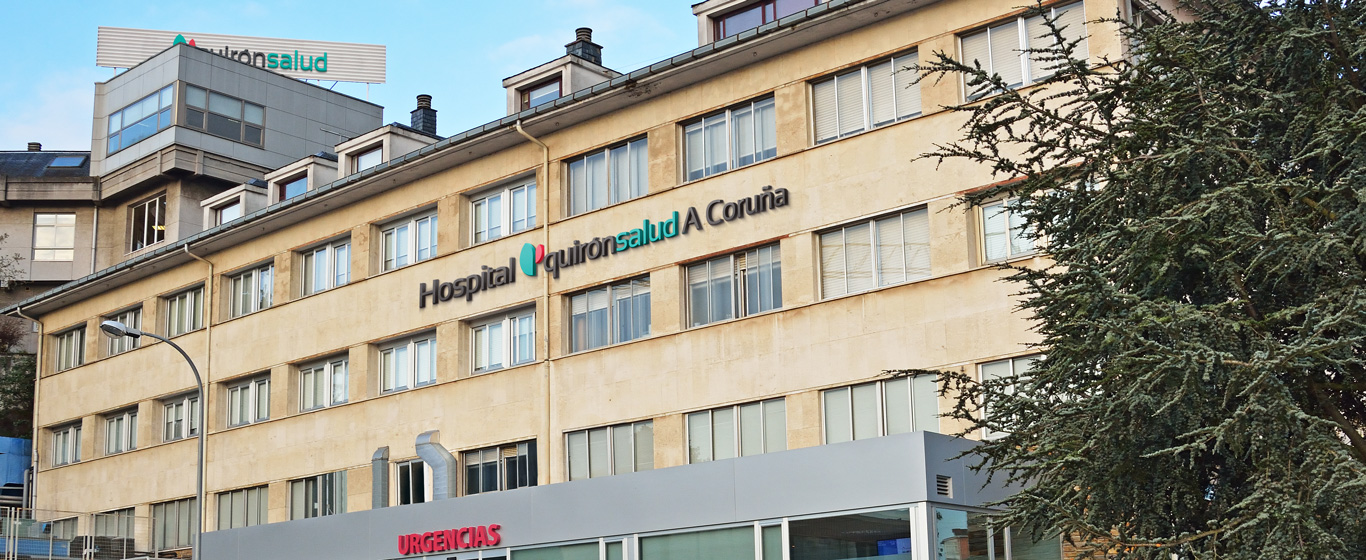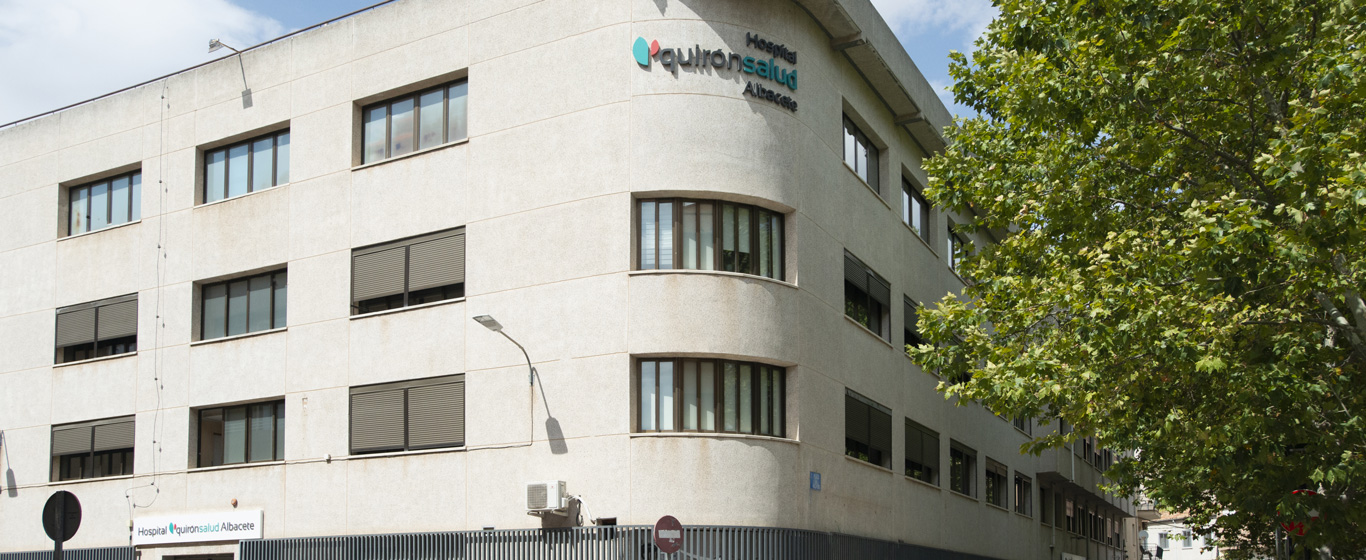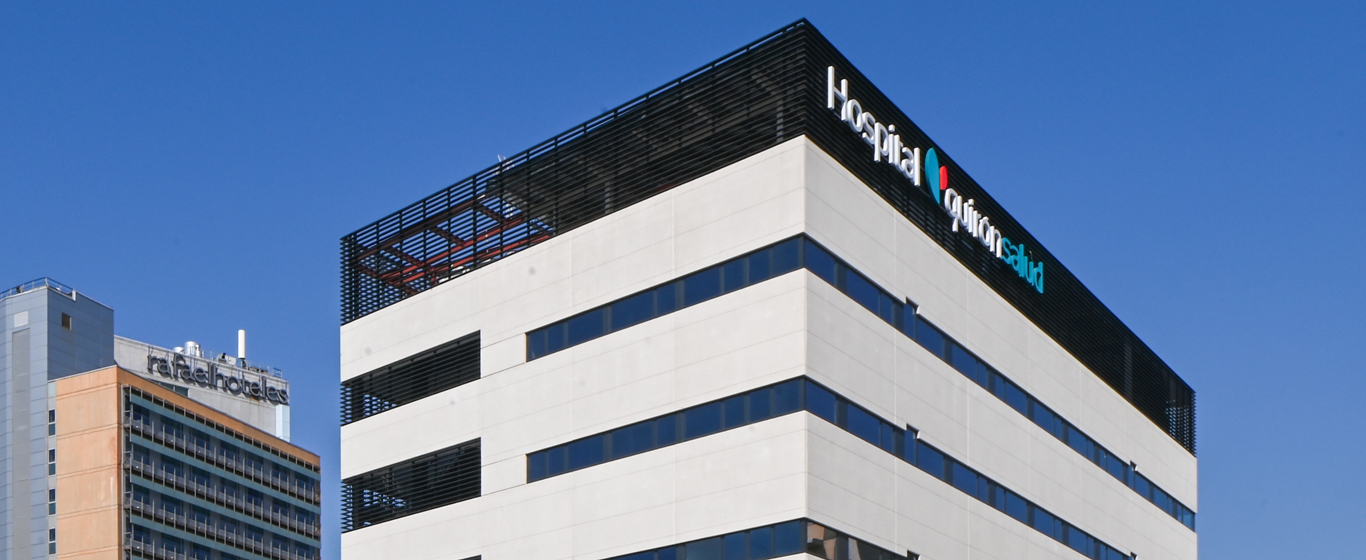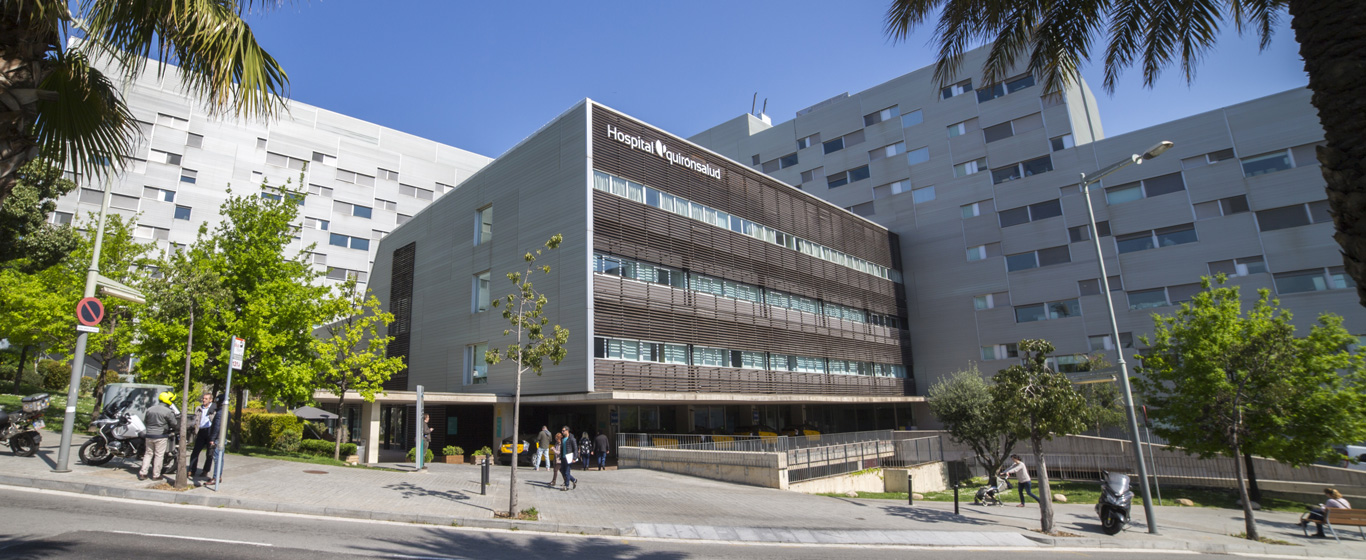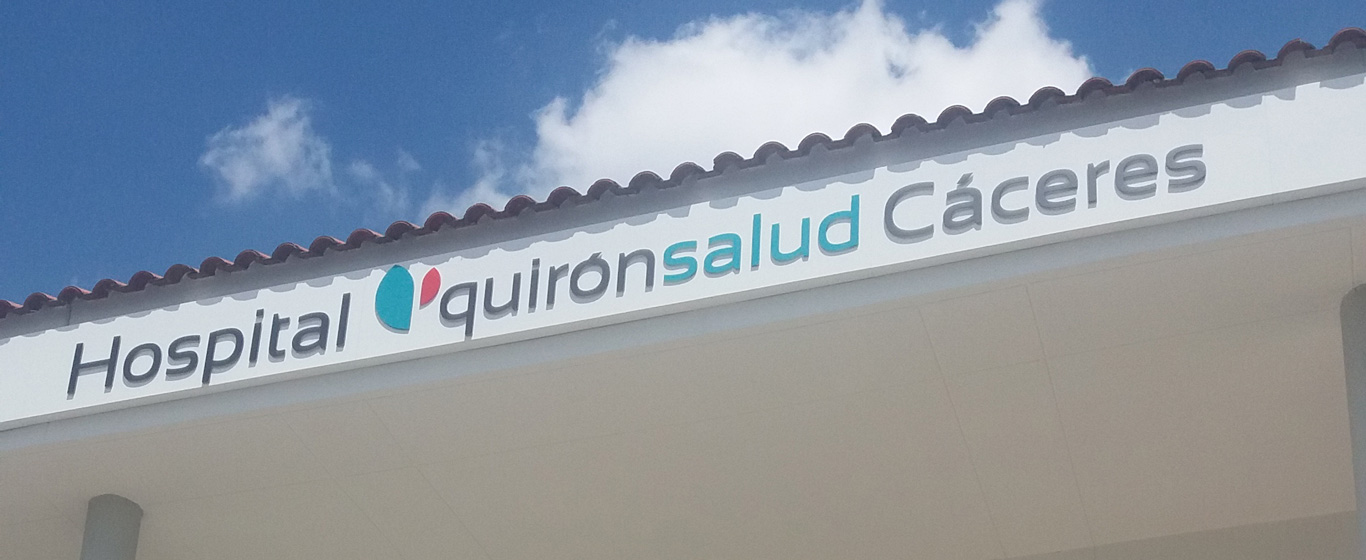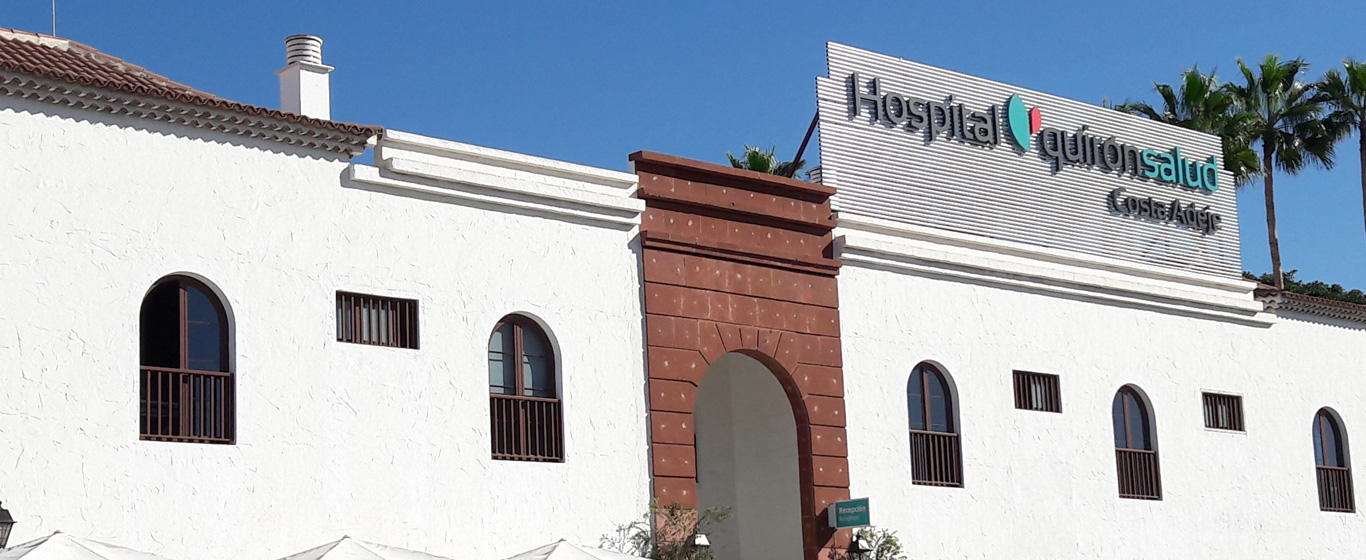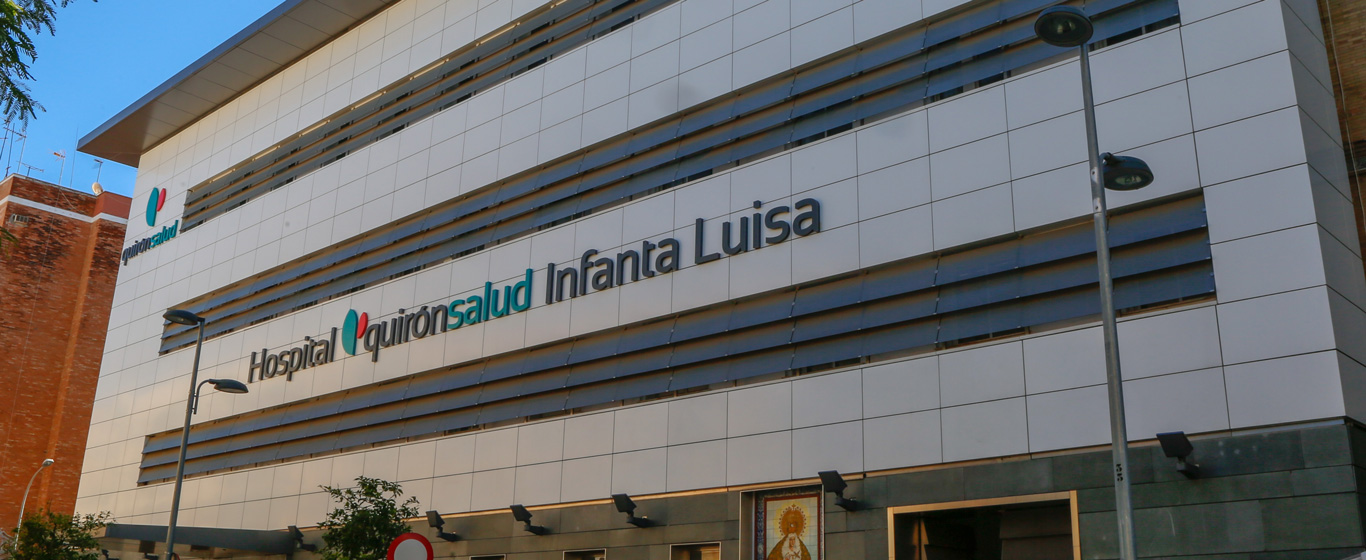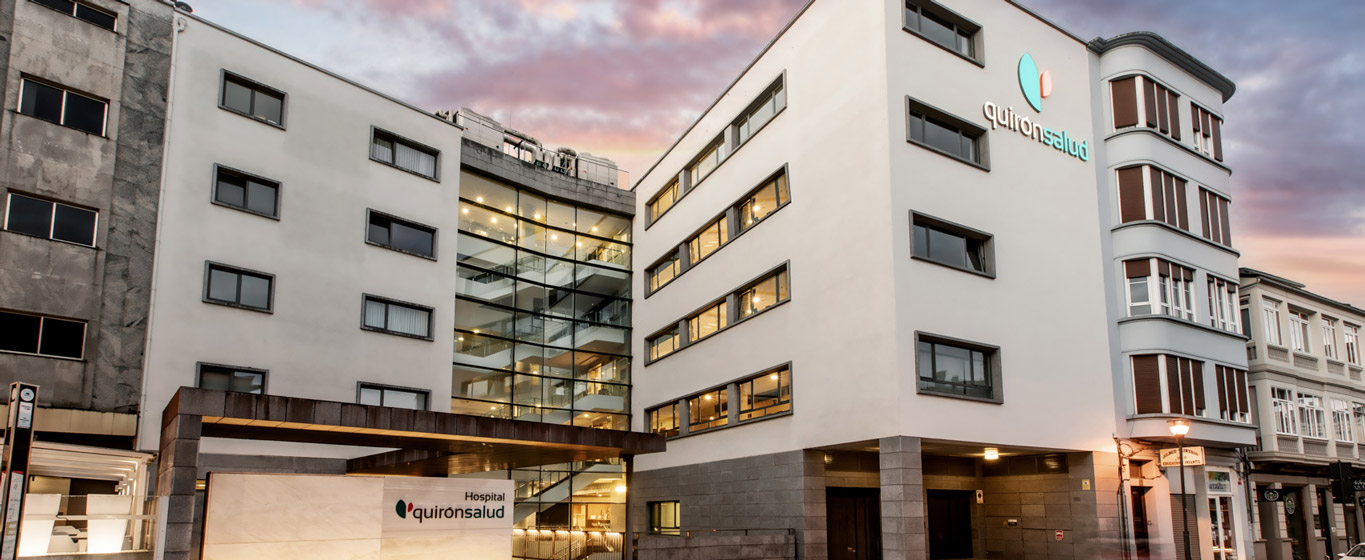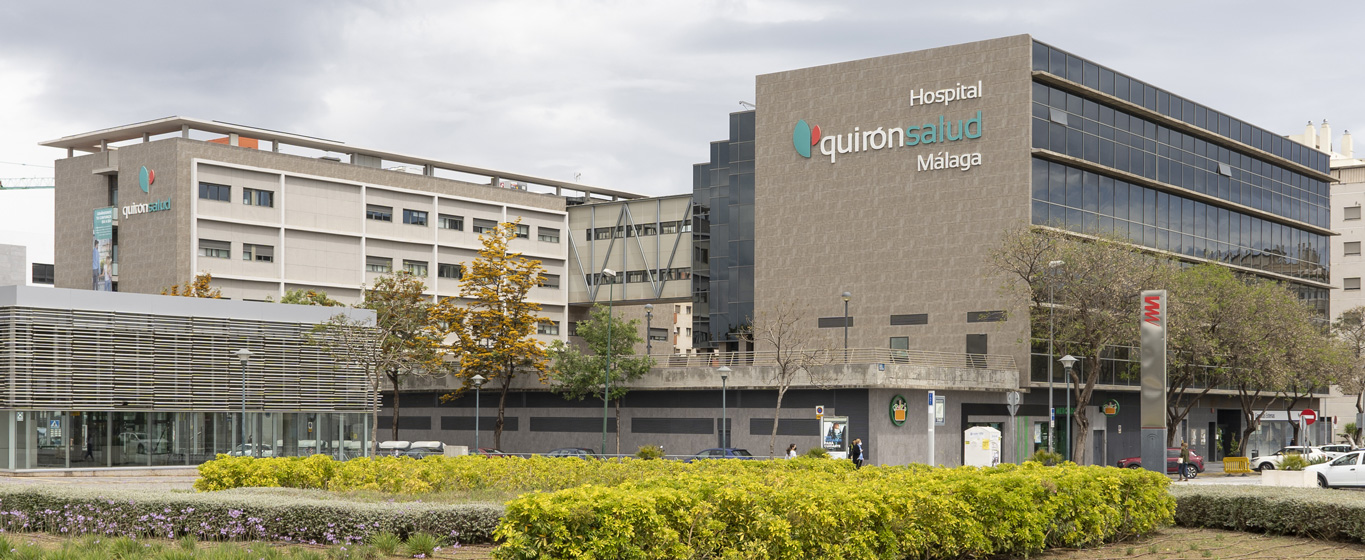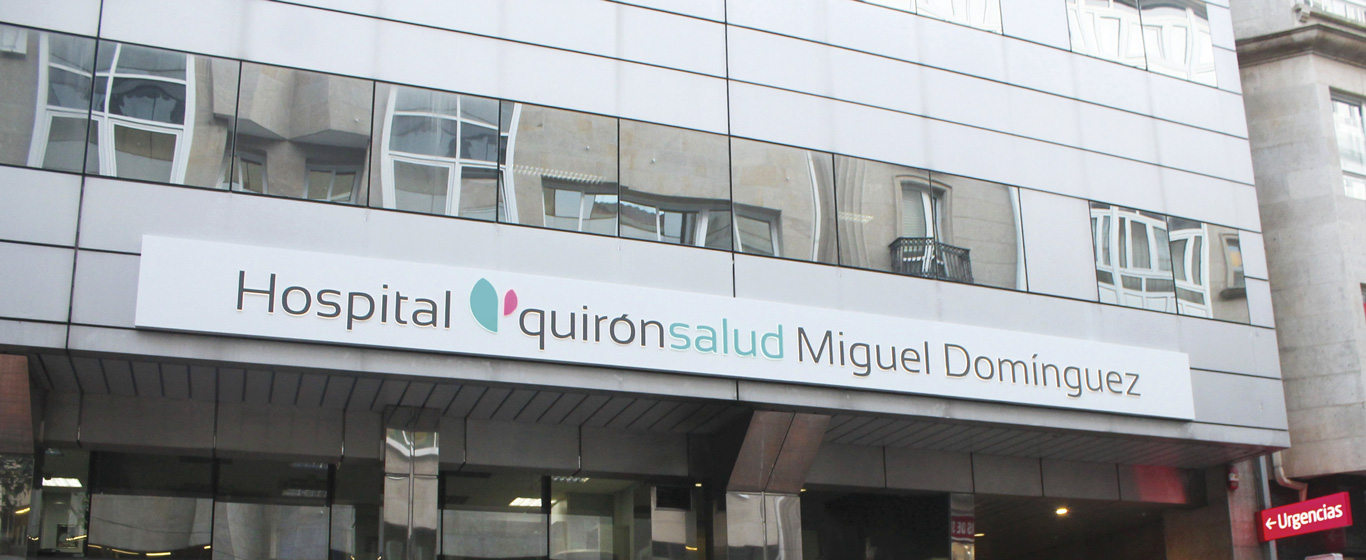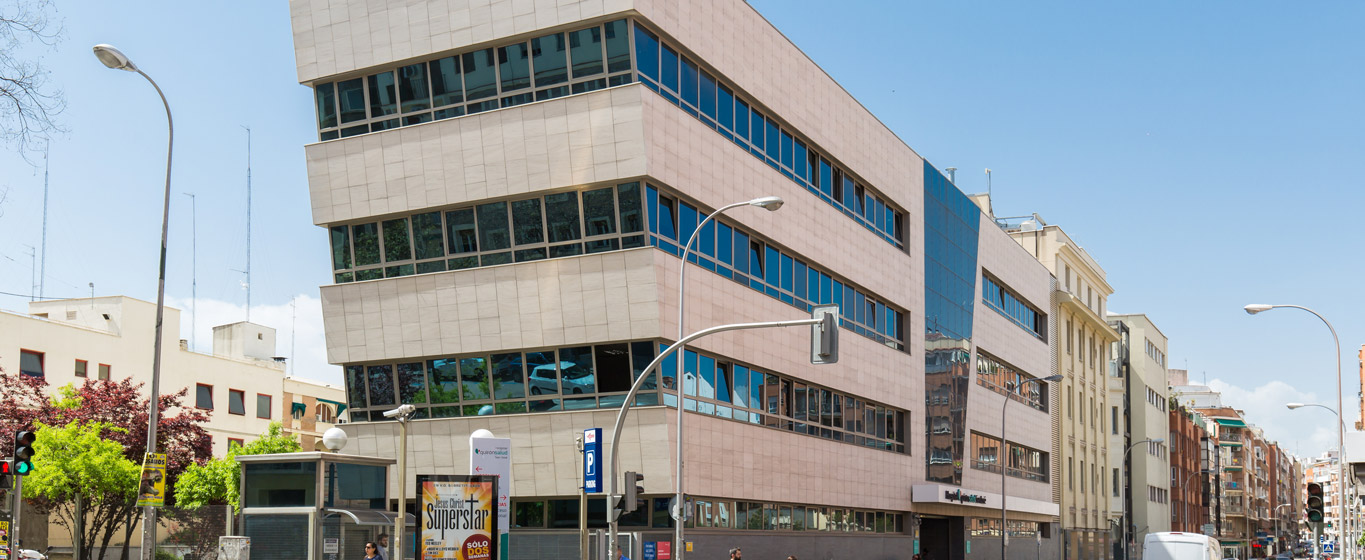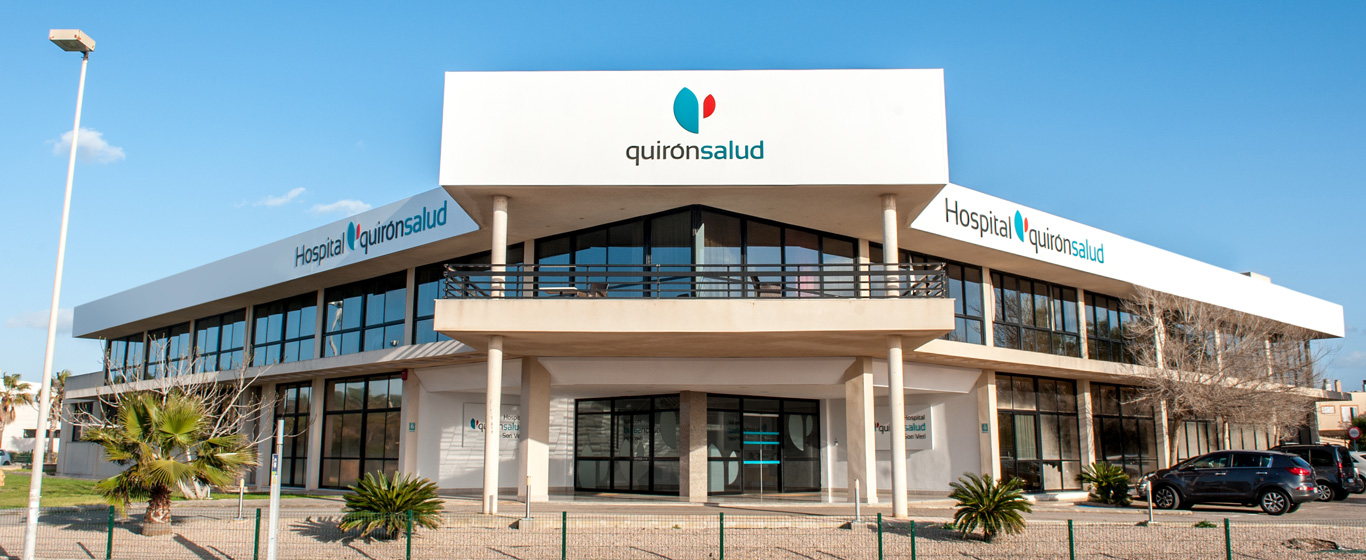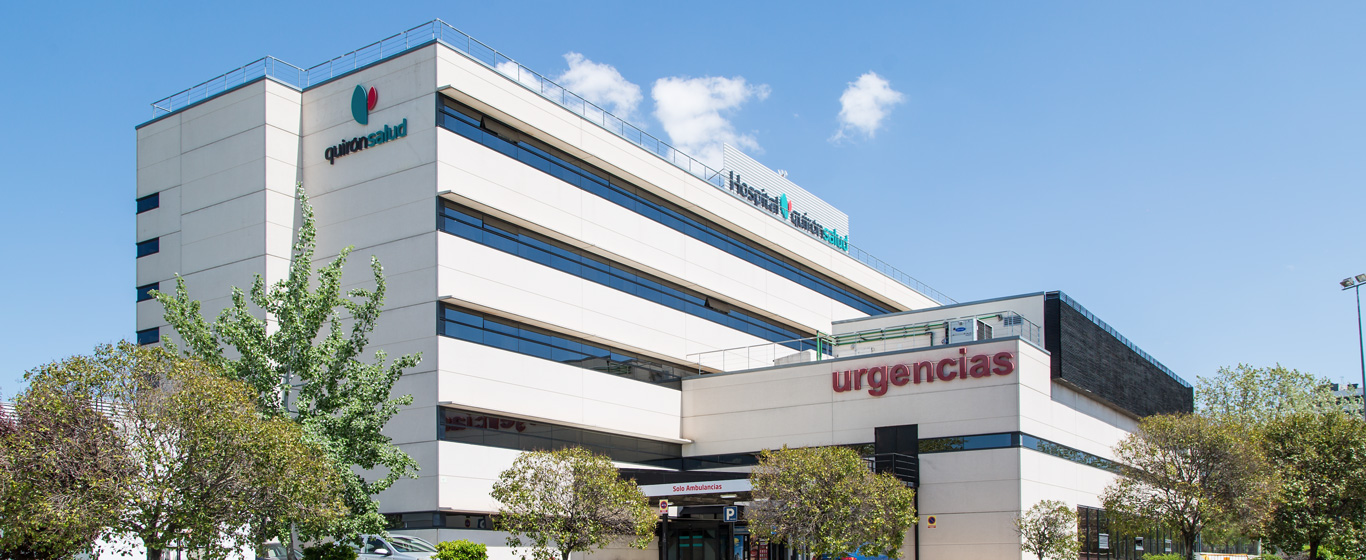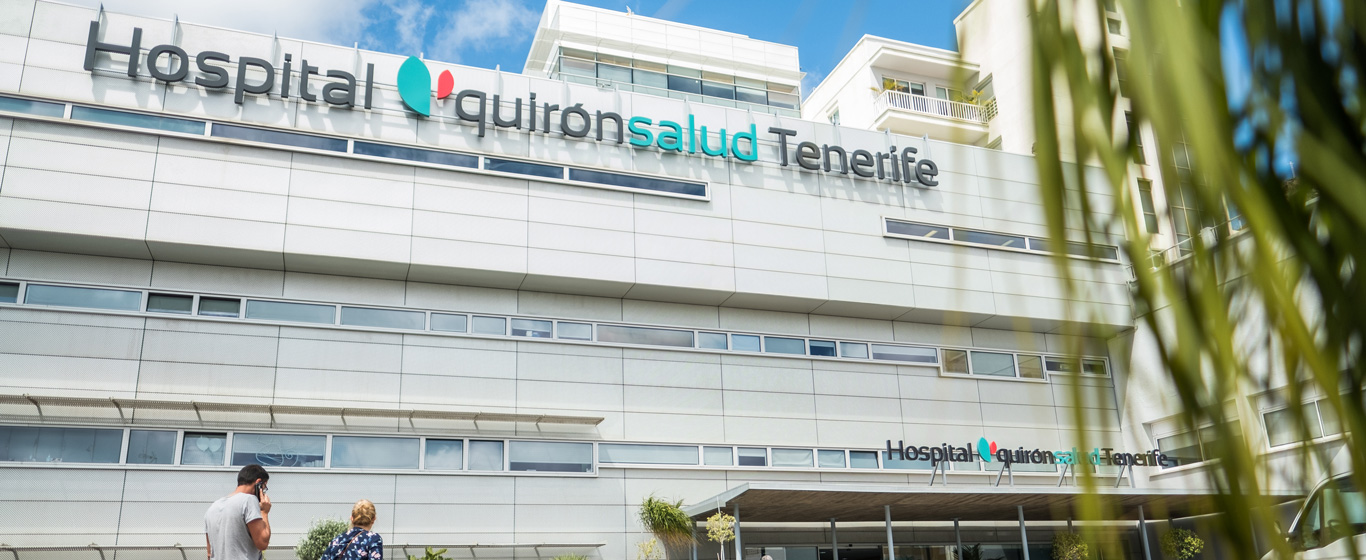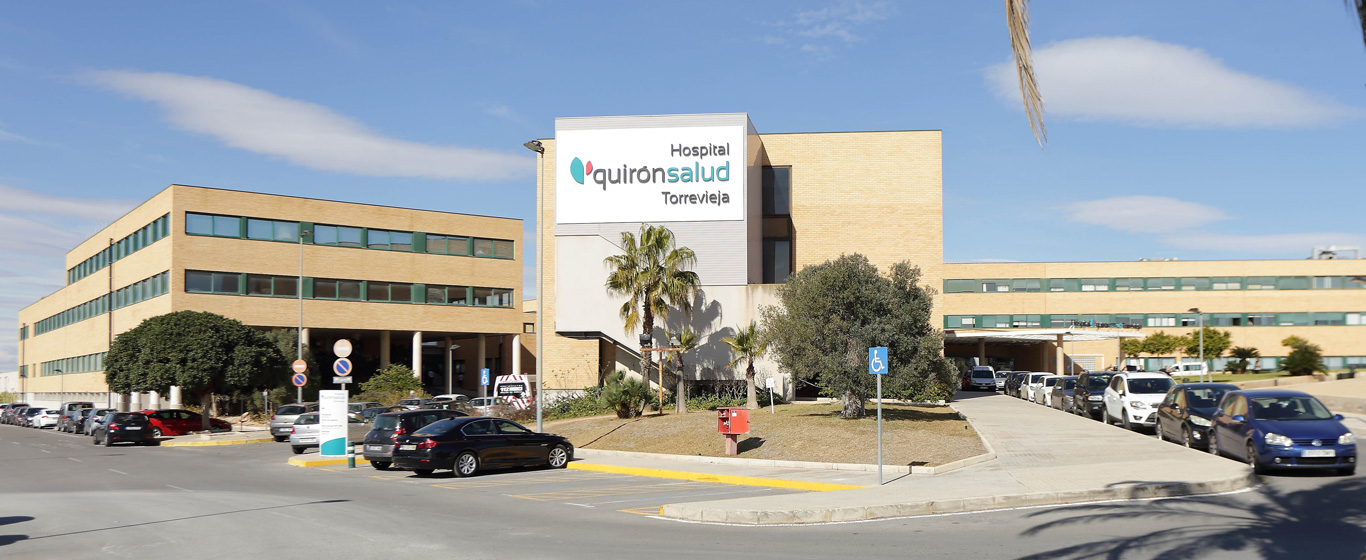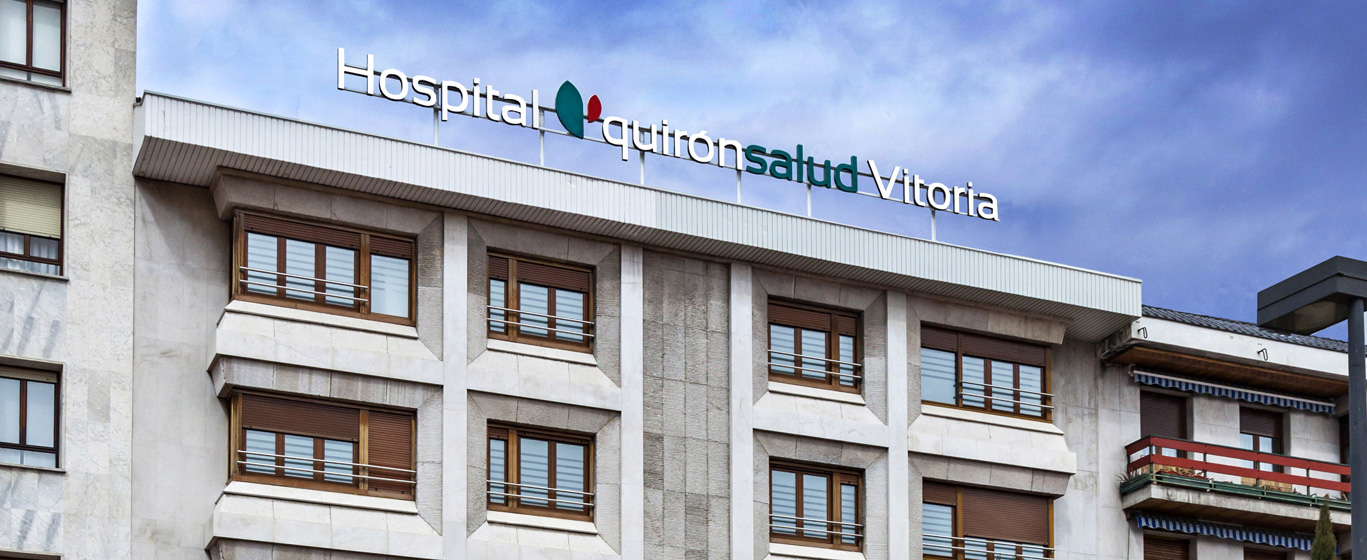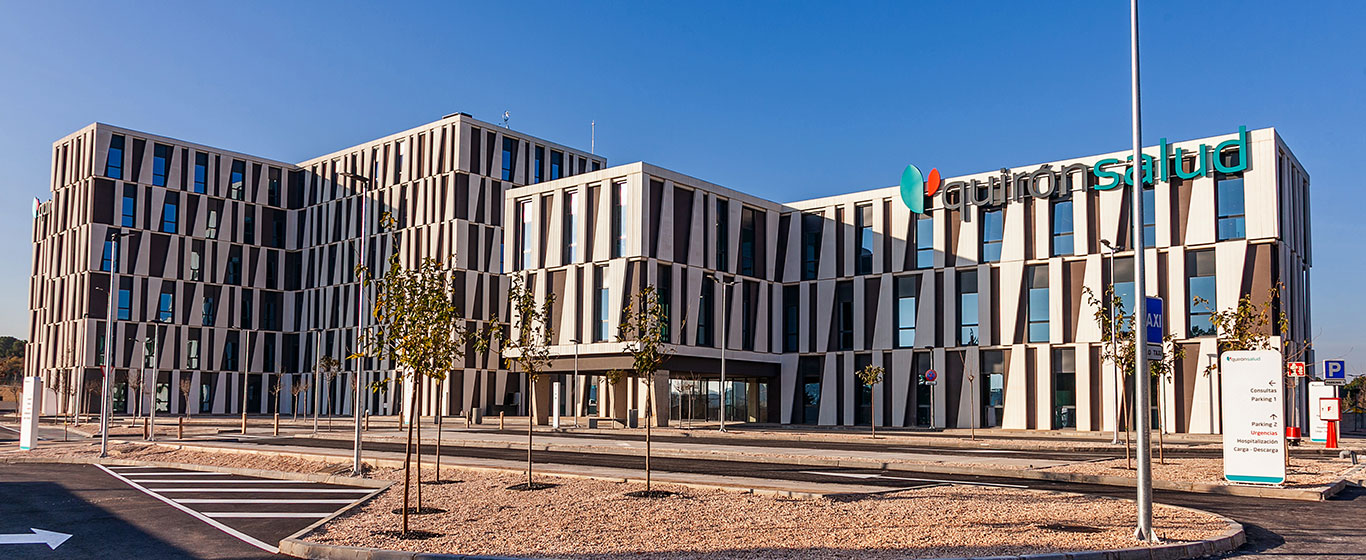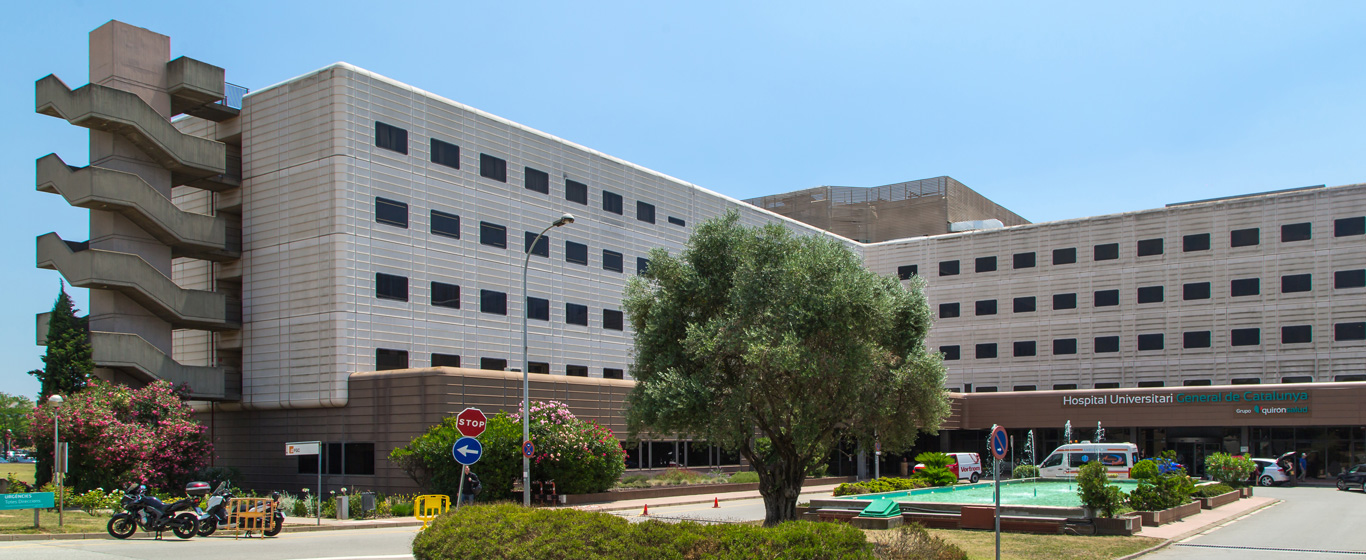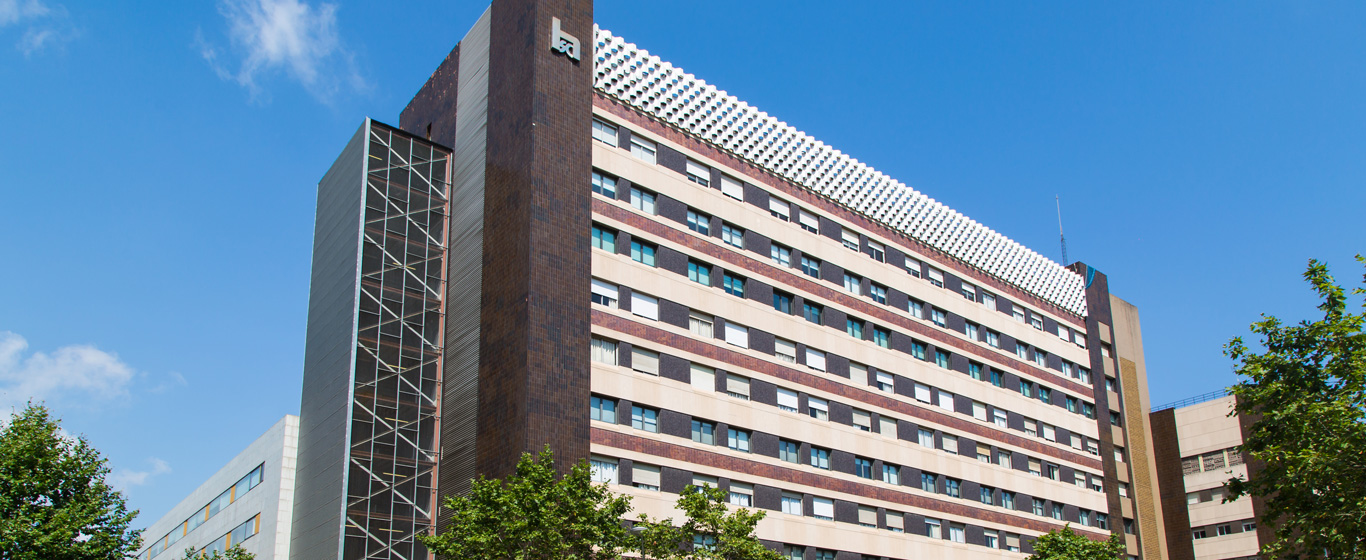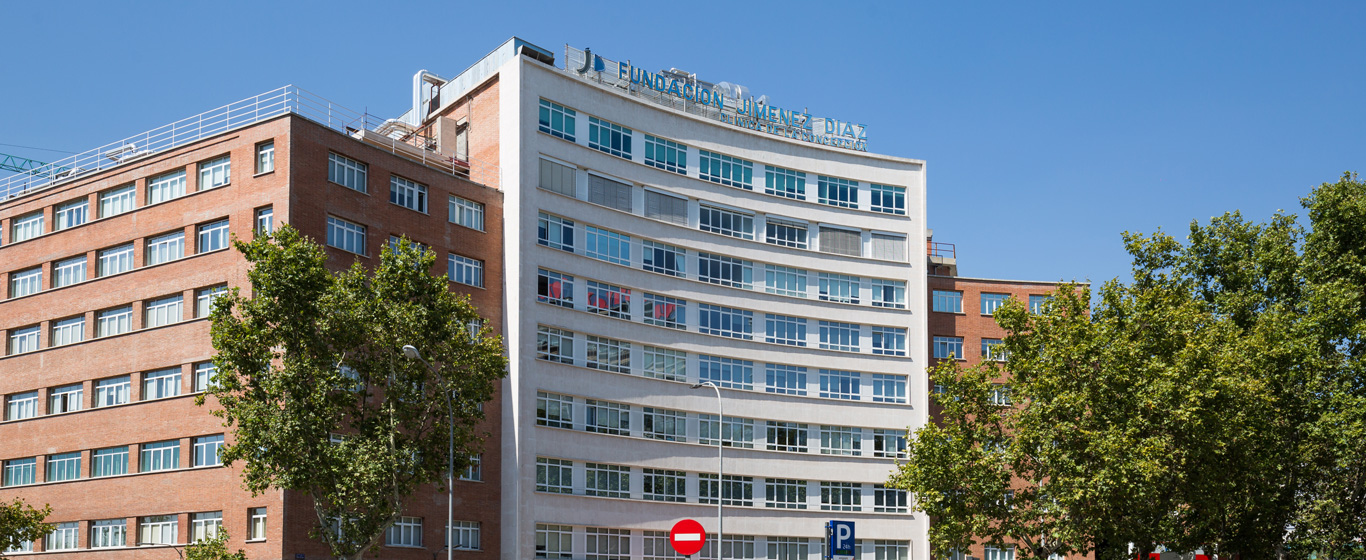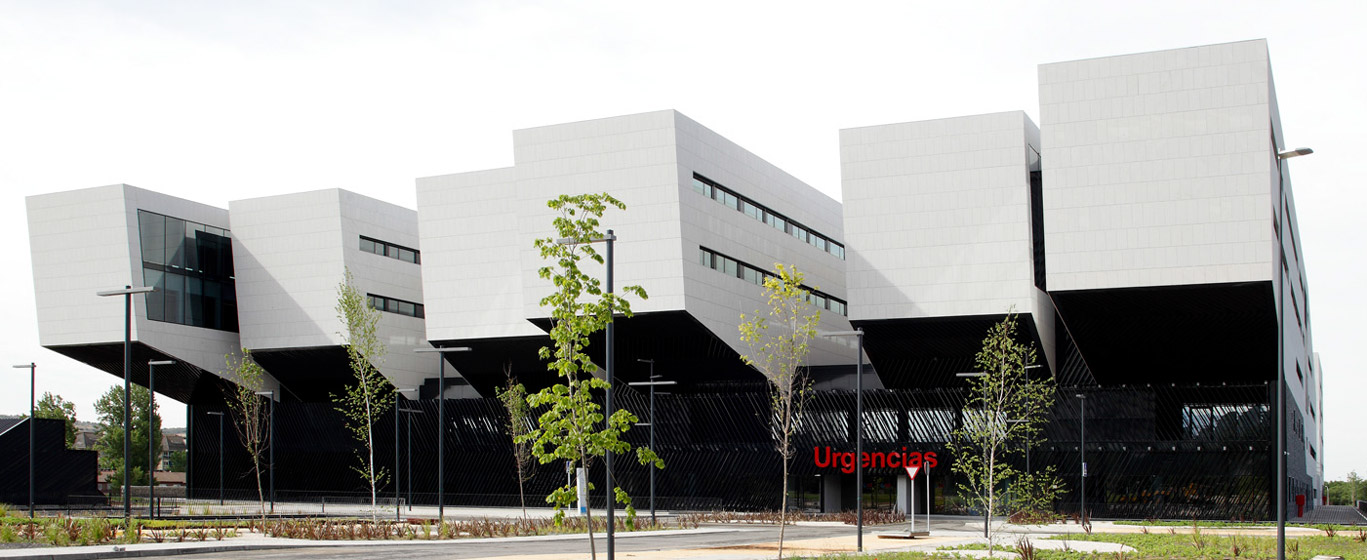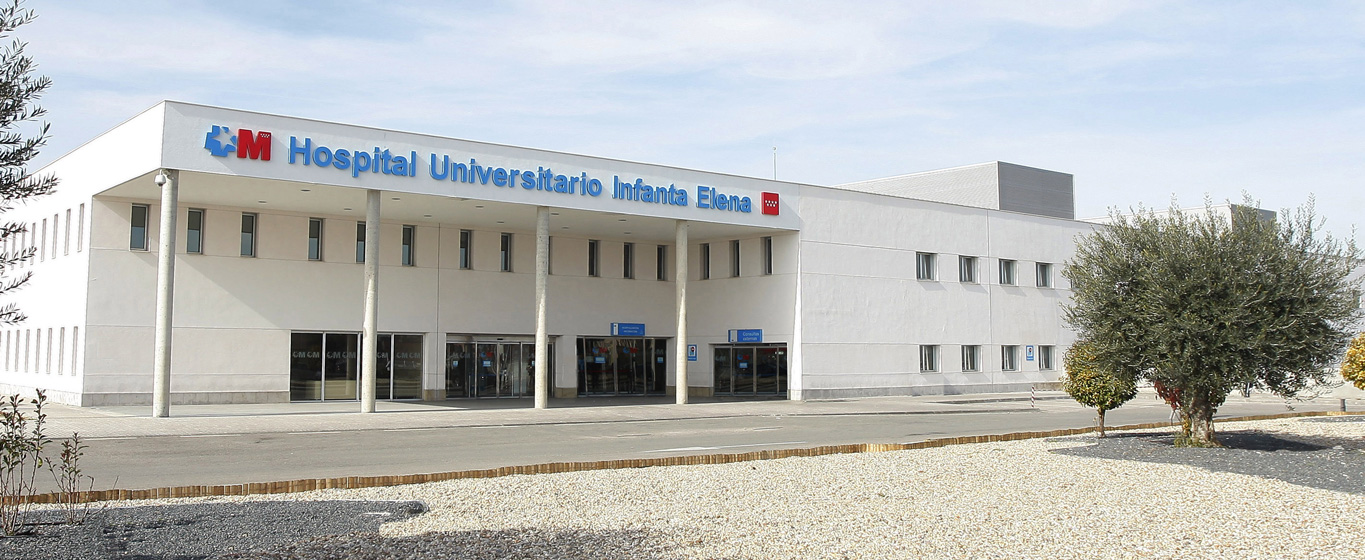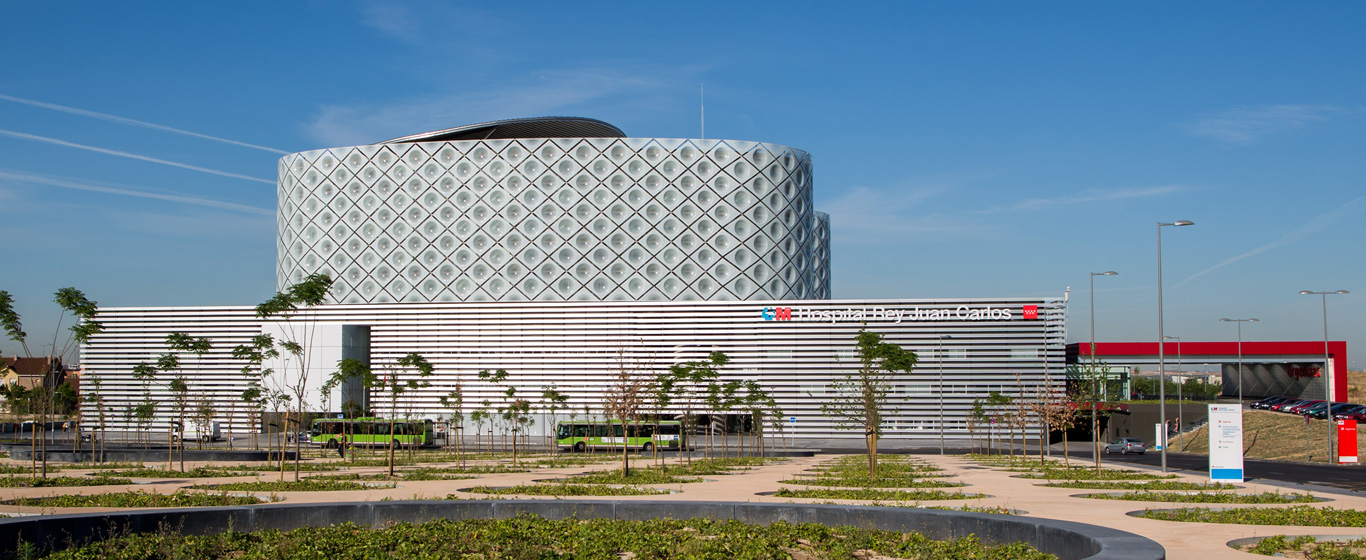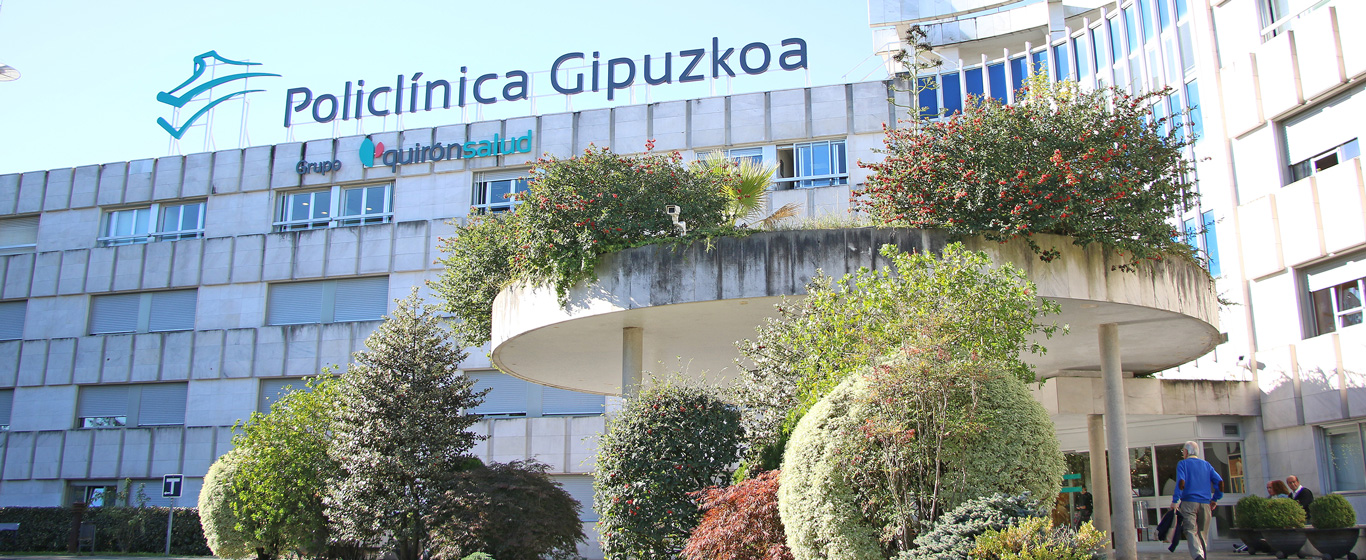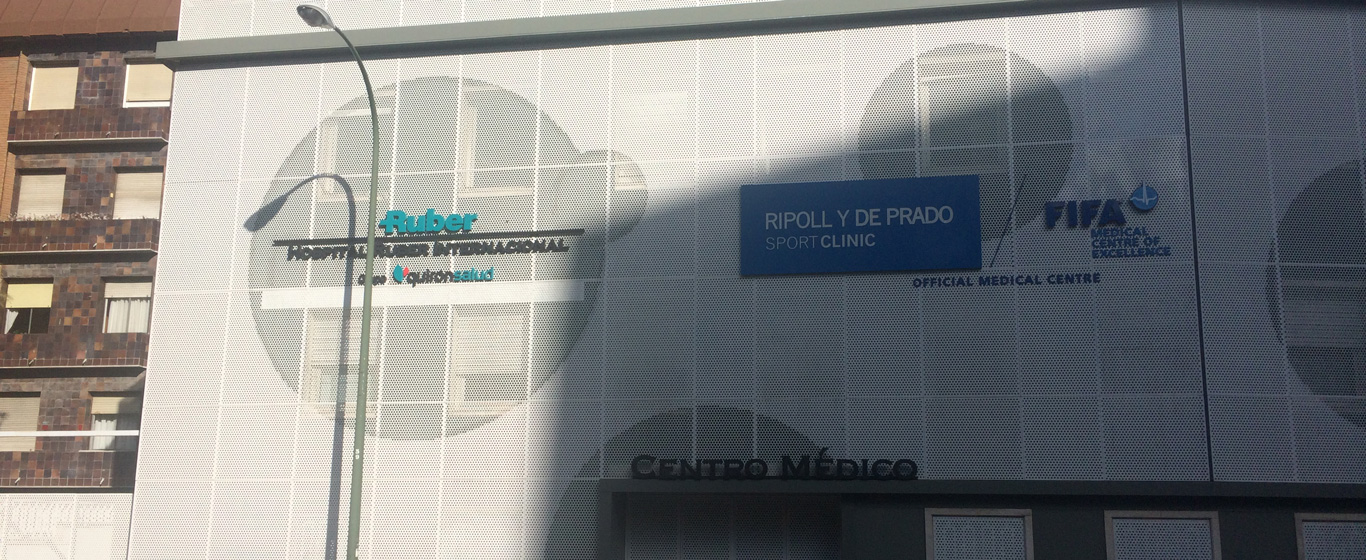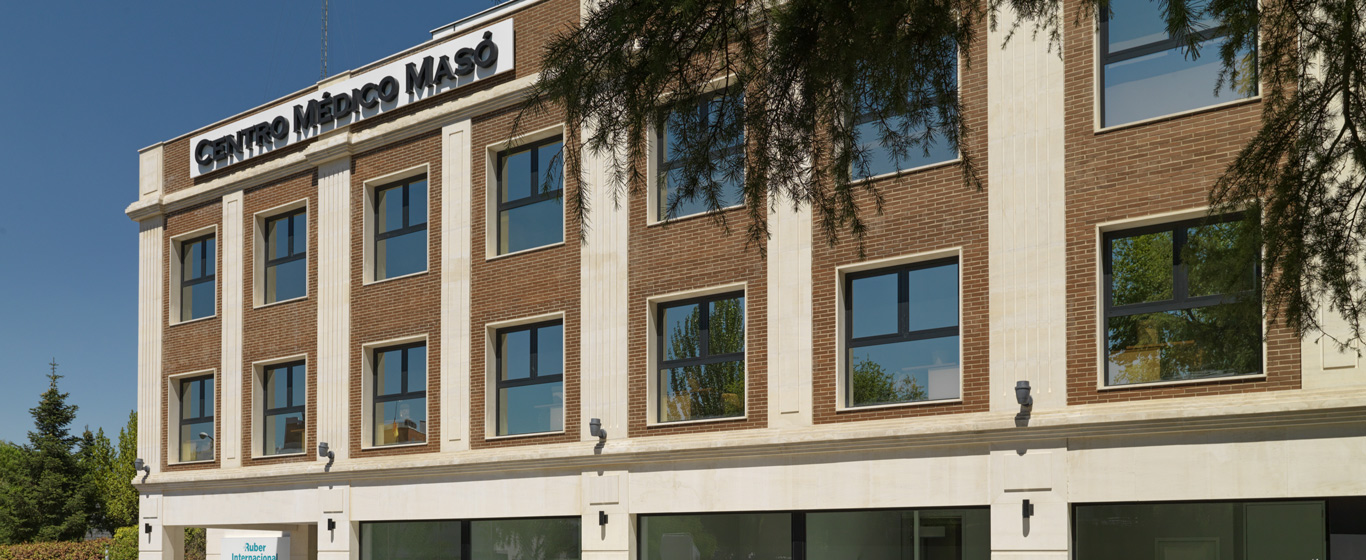Abdominal Hernia
Information on the causes, symptoms, and most effective treatment for the protrusion of part of the abdominal contents outside the abdominal cavity.
Symptoms and Causes
An abdominal hernia is the protrusion of part of the abdominal contents, usually fat or a portion of the intestine, through a weakened area of the muscles or a natural or surgical opening.
Depending on the location within the abdomen, it is classified into different types:
- Inguinal hernia: the most common type, especially in men and children. They form in the groin fold or the scrotum.
- Umbilical hernia: very common in infants. It occurs around the navel.
- Femoral hernia: appears in the femoral canal, located below the groin, in the upper thigh.
- Epigastric hernia: appears in the middle of the abdomen, between the navel and the ribcage.
- Ventral or incisional hernia: abdominal contents protrude through a previous surgical incision.
- Spigelian hernia: uncommon. It appears in the Spigelian fascia, between the lateral muscles and the rectus abdominis, located in the lower abdomen.
The prognosis for abdominal hernia is generally good if appropriate treatment is followed, although outcomes depend on the type of hernia and the patient’s age. While some hernias resolve spontaneously, others require surgical intervention.
Symptoms
The most characteristic symptom of an abdominal hernia is the presence of a clearly visible and palpable bulge. It often only appears during physical exertion, such as lifting or coughing, and can usually be manually reduced back into the abdomen. Most of the time, it is painless.
Causes
Abdominal hernia can be caused by various factors:
- Congenital weakness of the abdominal wall
- Previous surgery
- Intense physical exertion
- Constipation
- Chronic cough
- Pregnancy
- Obesity
- In infants, prematurity or low birth weight
Risk Factors
The risk of developing an abdominal hernia is higher in the following cases:
- Age: more common in older adults due to weakening of abdominal wall muscles over time
- Sex: inguinal hernia is more common in men, whereas femoral and umbilical hernias are more frequent in women
- Family history
- Multiple pregnancies
- Excess pressure on the abdominal wall (intense exercise, heavy lifting, obesity, straining during defecation)
- Smoking
- Peritoneal dialysis
Complications
The most frequent complications of an abdominal hernia include:
- Incarcerated hernia: hernia contents become trapped and cannot be returned to the abdomen, often causing pain if blood flow is reduced
- Strangulation: progression from an incarcerated hernia; tissue is completely trapped, leading to ischemia and necrosis. Cell death can result in infection, which, if it spreads into the abdominal cavity, may be life-threatening
- Intestinal obstruction
Prevention
Although some types of abdominal hernia cannot be prevented, risk can be reduced by following these recommendations:
- Maintain an appropriate weight
- Avoid excessive strain whenever possible
- Use correct posture when lifting
- Perform exercises to strengthen the abdominal muscles
- Follow a balanced, fiber-rich diet
- Drink sufficient water
Which Specialist Treats Abdominal Hernia?
Abdominal hernias are managed by general and digestive system surgery specialists.
Diagnosis
Abdominal hernia is diagnosed through symptom evaluation and physical examination, including observation and palpation of the bulge.
In some cases, an abdominal ultrasound is performed to determine hernia contents. A computed tomography (CT) scan is used to confirm or rule out hernia strangulation.
Treatment
Abdominal hernias in asymptomatic infants or adults are not treated surgically; they are monitored to prevent complications. In children, most hernias resolve before the age of three. In adults, hernias often remain stable, although in some cases a hernia belt is recommended to keep the hernia reduced during exertion or exercise.
If the hernia causes significant pain, is large, or poses a risk of incarceration, surgical intervention is indicated. Two main surgical techniques are used:
- Herniorrhaphy: suitable for small bulges. Contents are returned to the abdomen, and the muscle defect is sutured.
- Hernioplasty: preferred for large hernias. Tissue is repositioned, and a synthetic mesh is placed to reinforce the abdominal wall.
During the postoperative period, approximately four weeks, relative rest is recommended, avoiding strain. A soft diet is advised to facilitate bowel movements. Walking should begin on the first day and distance increased gradually.




